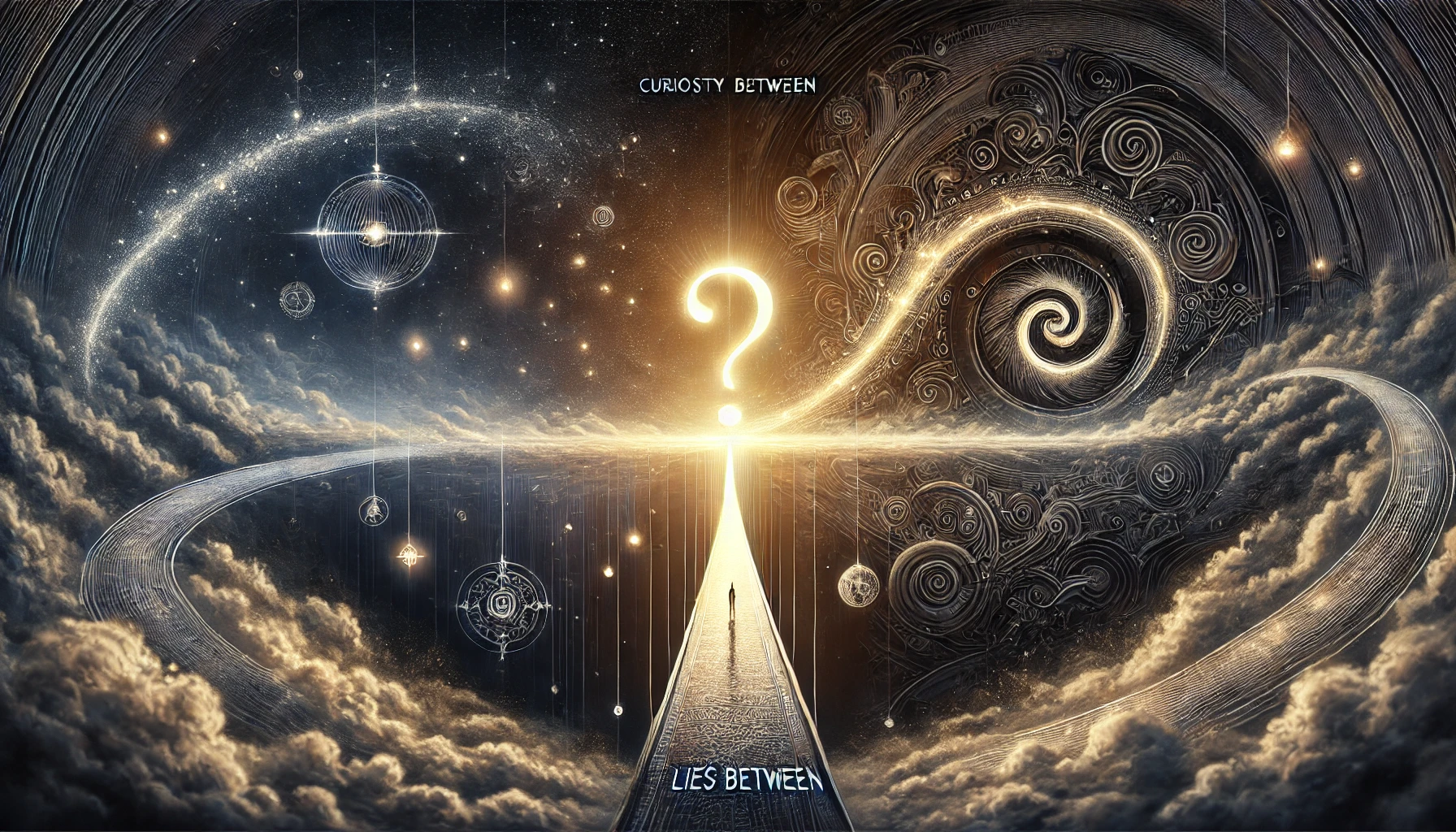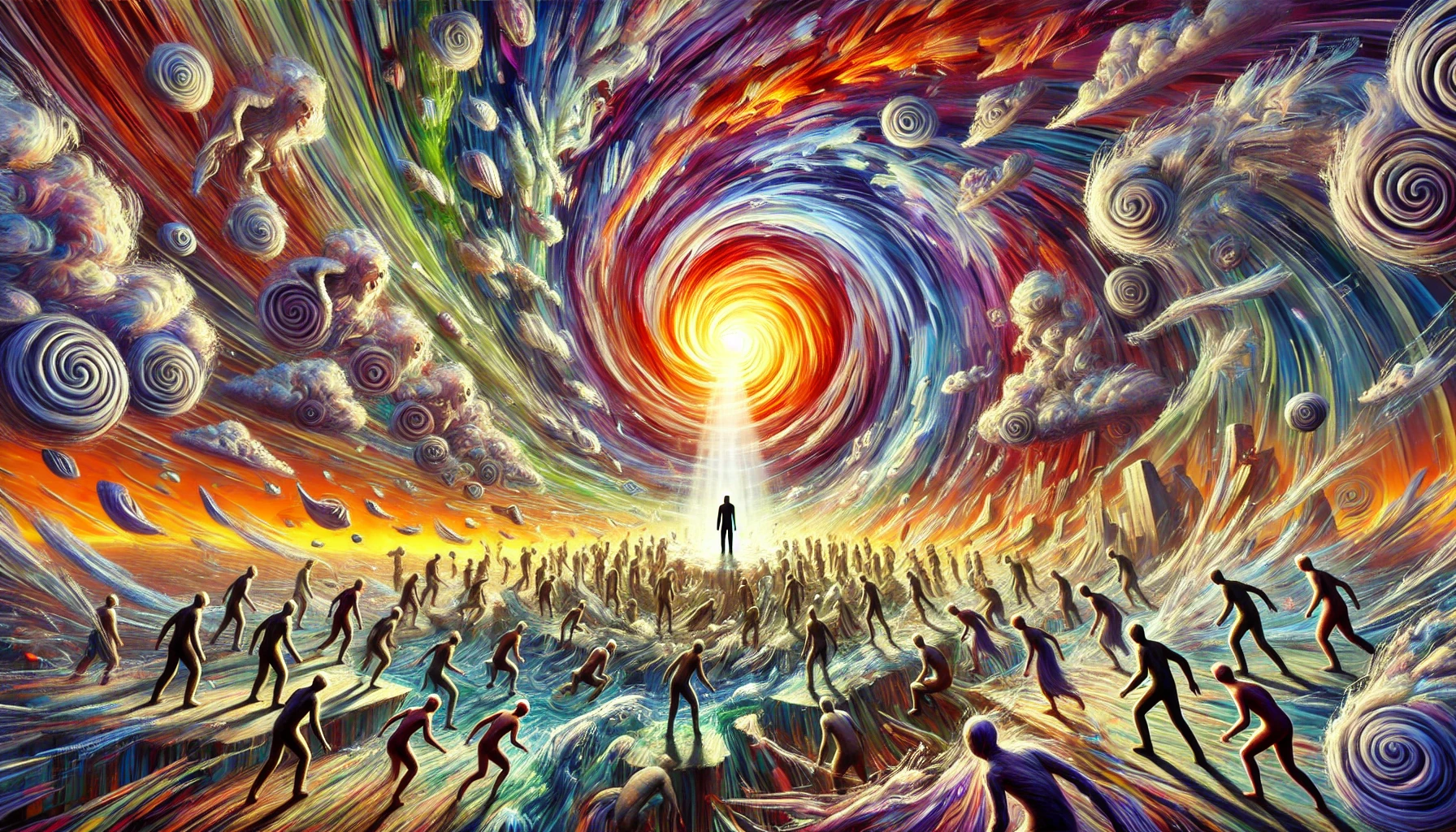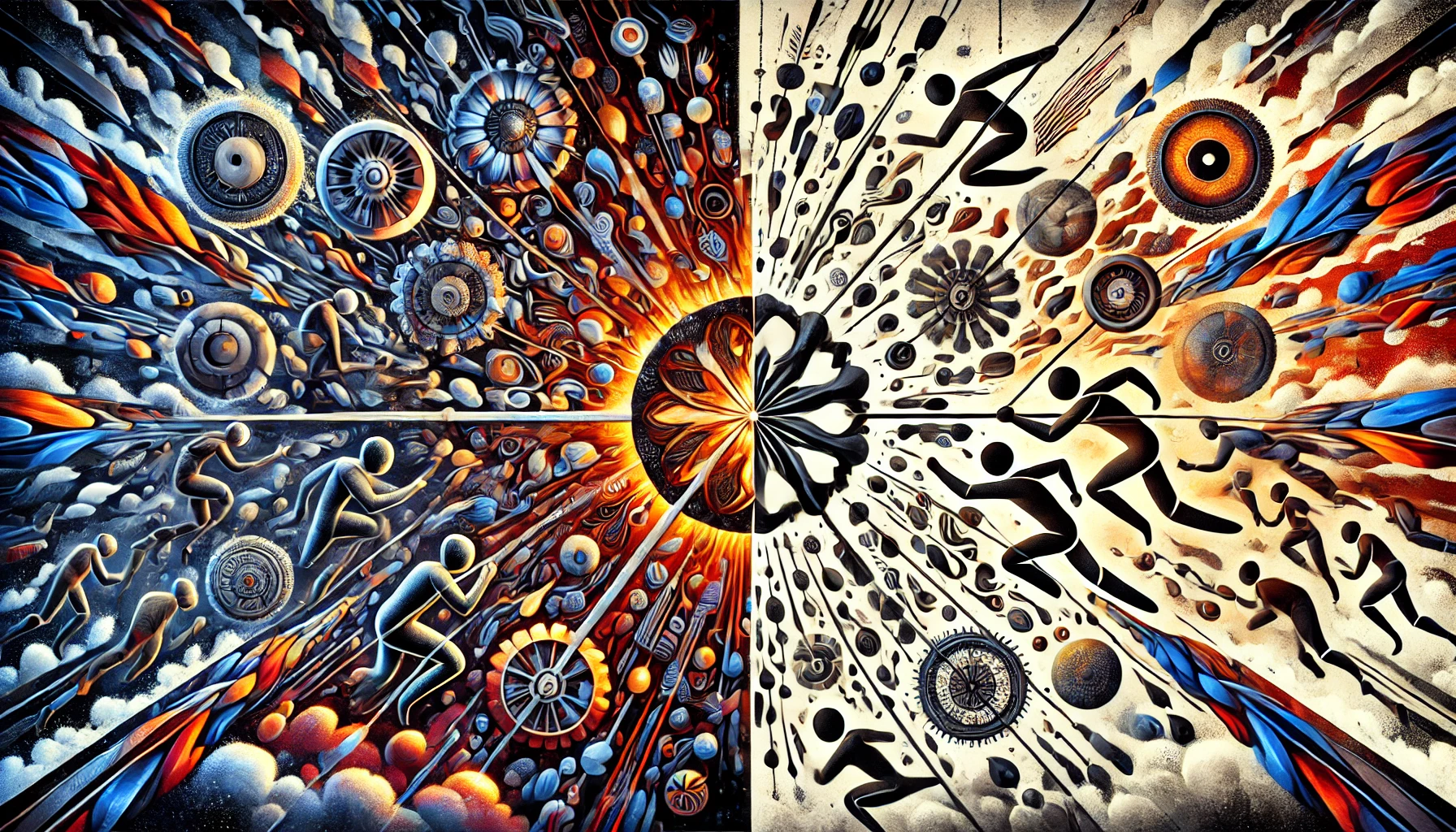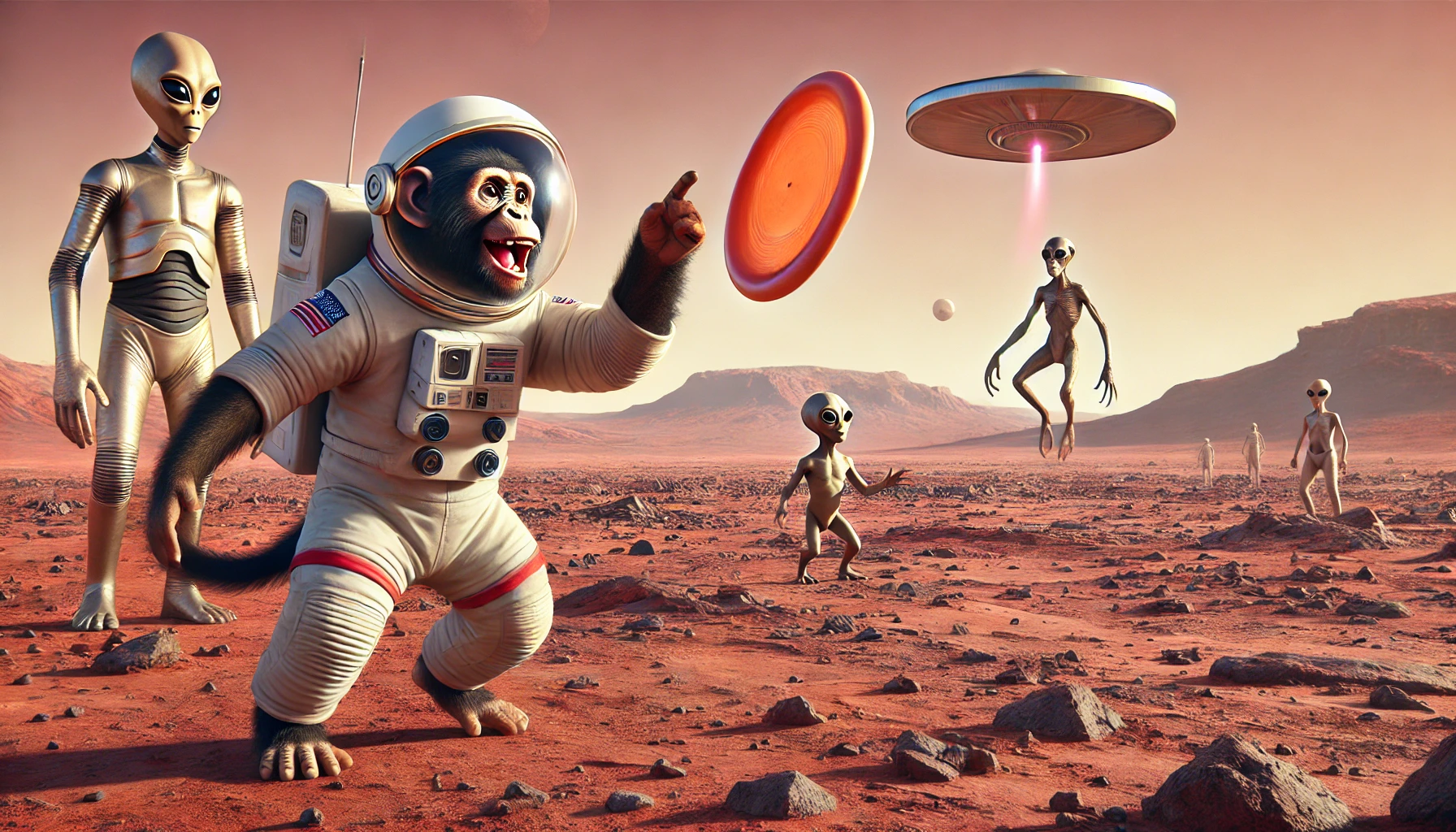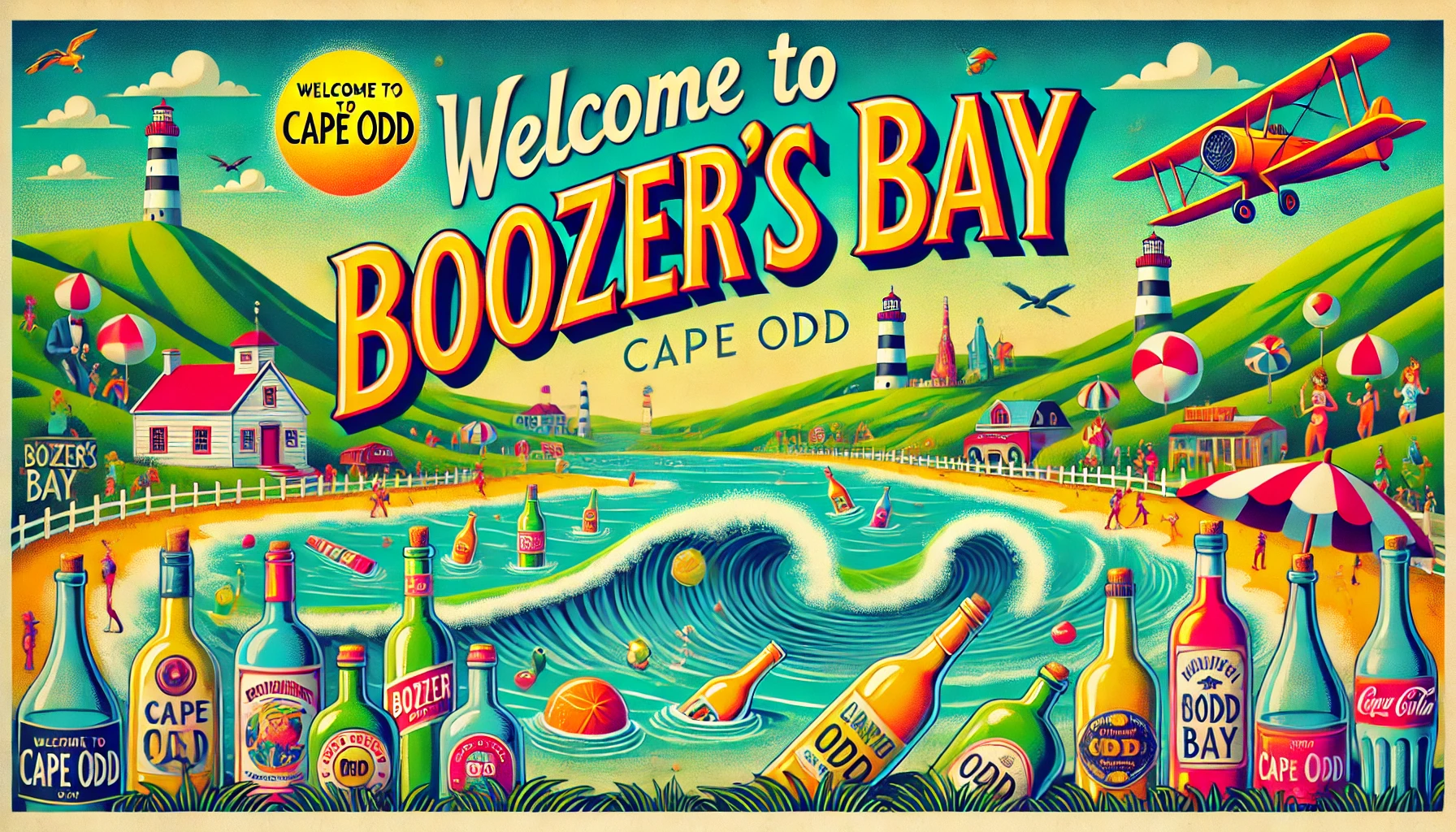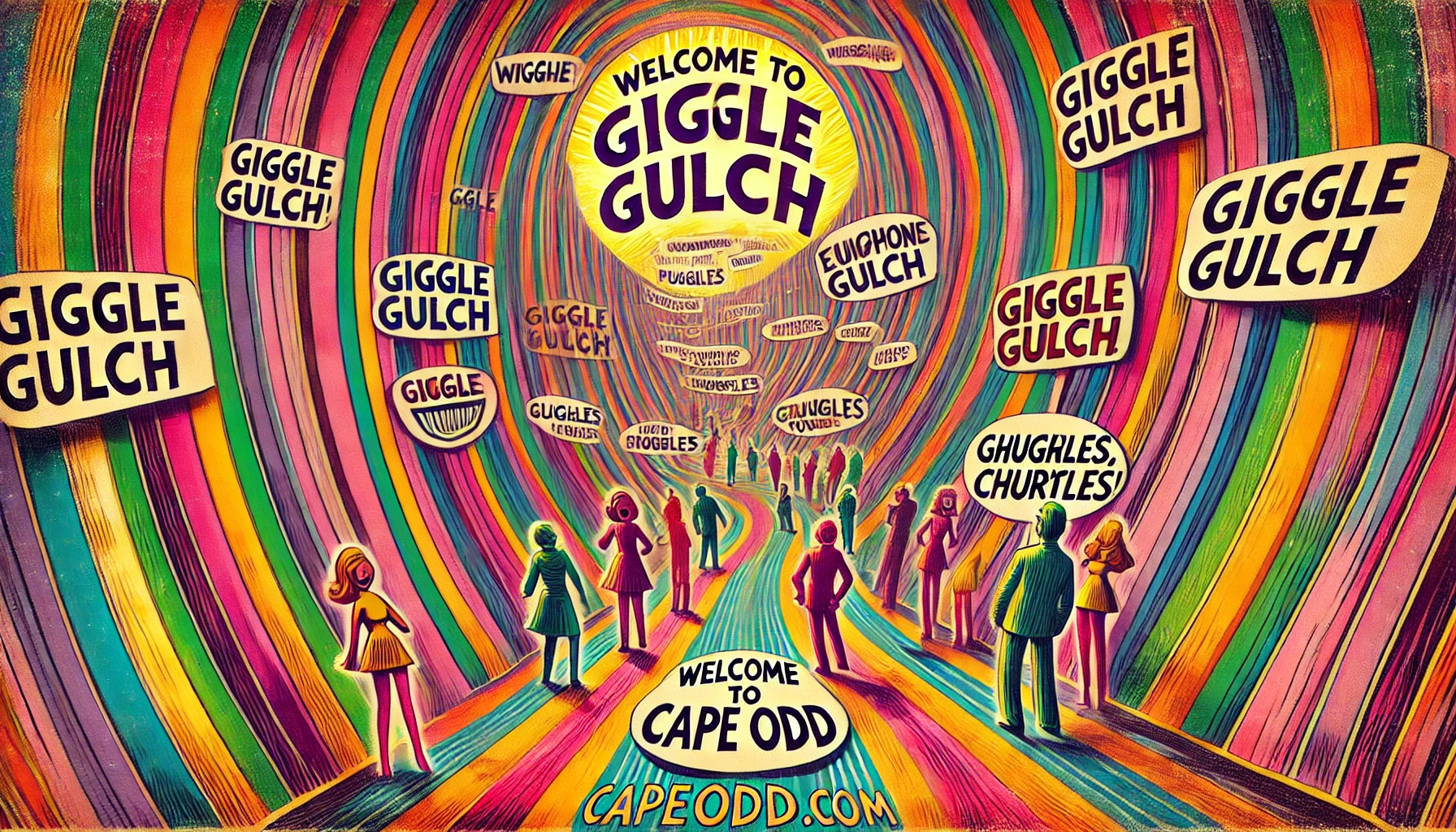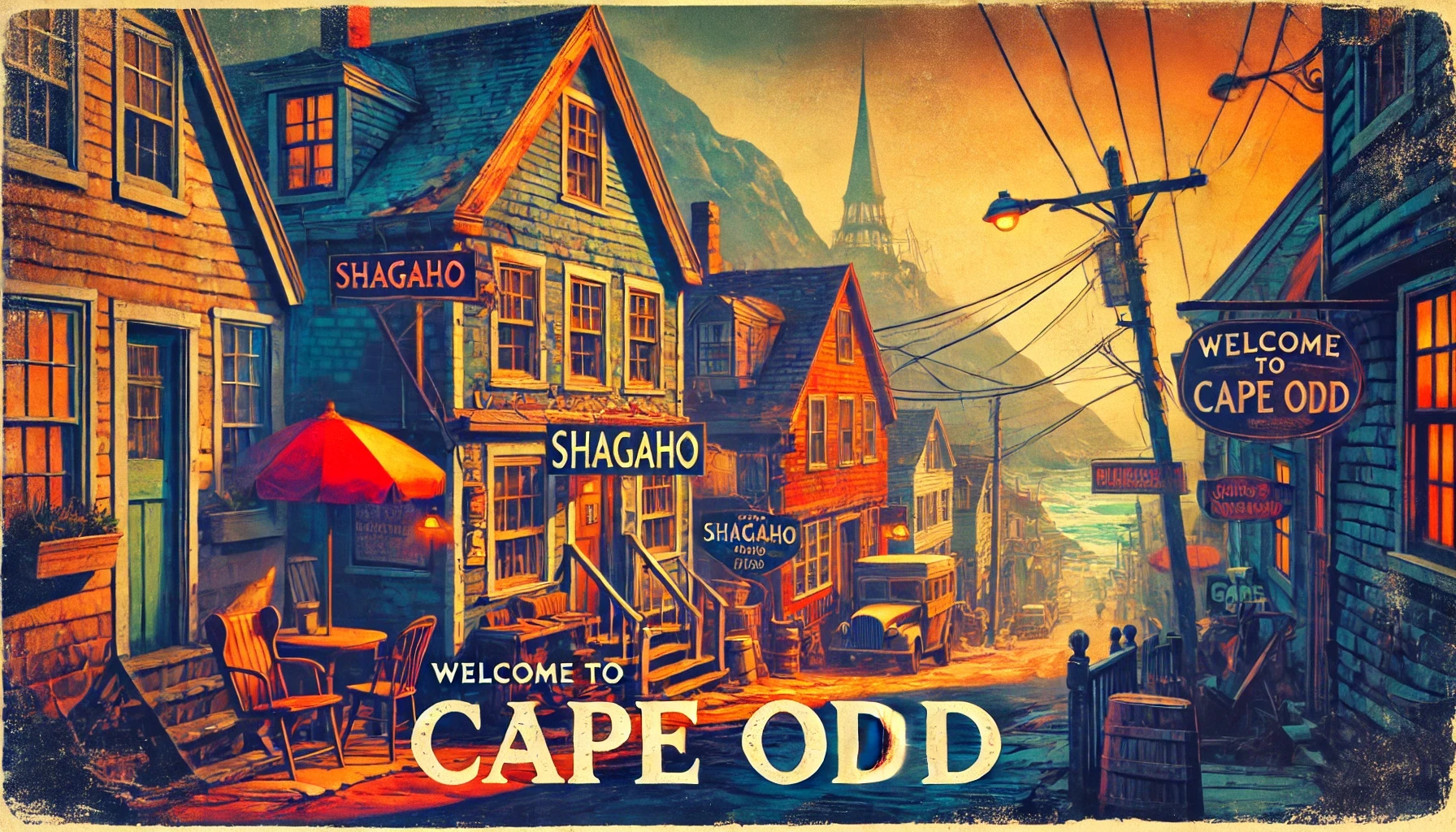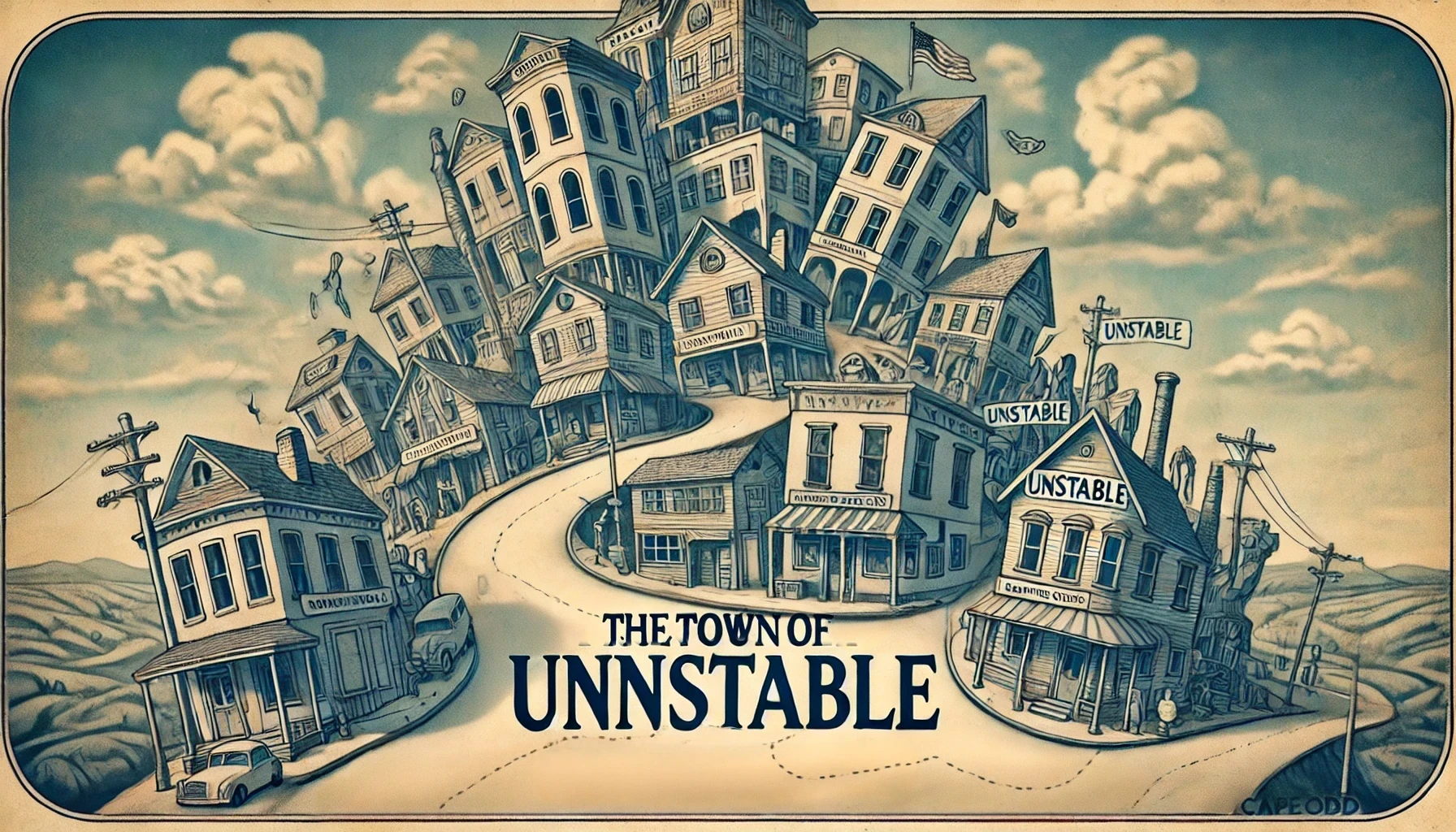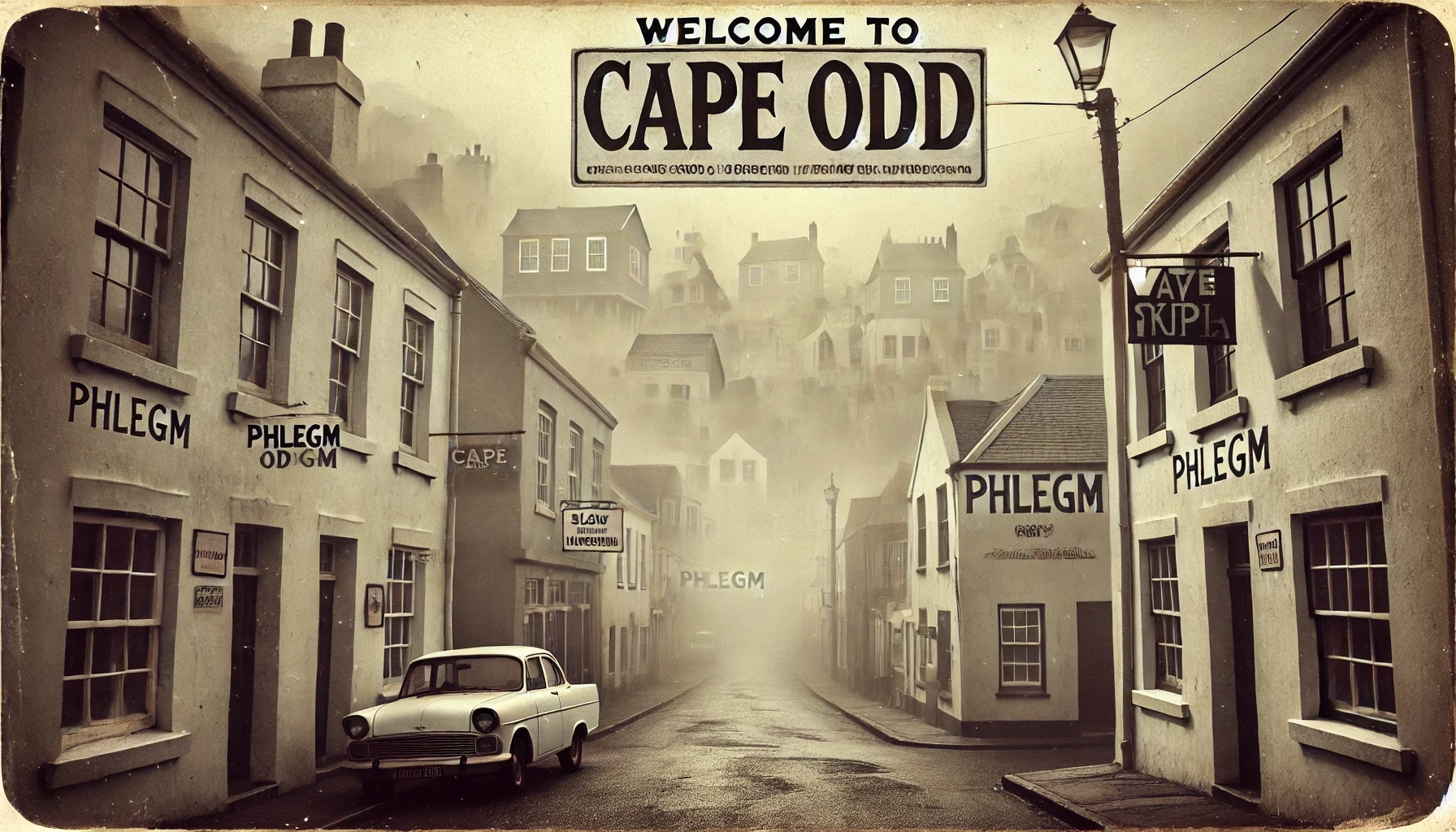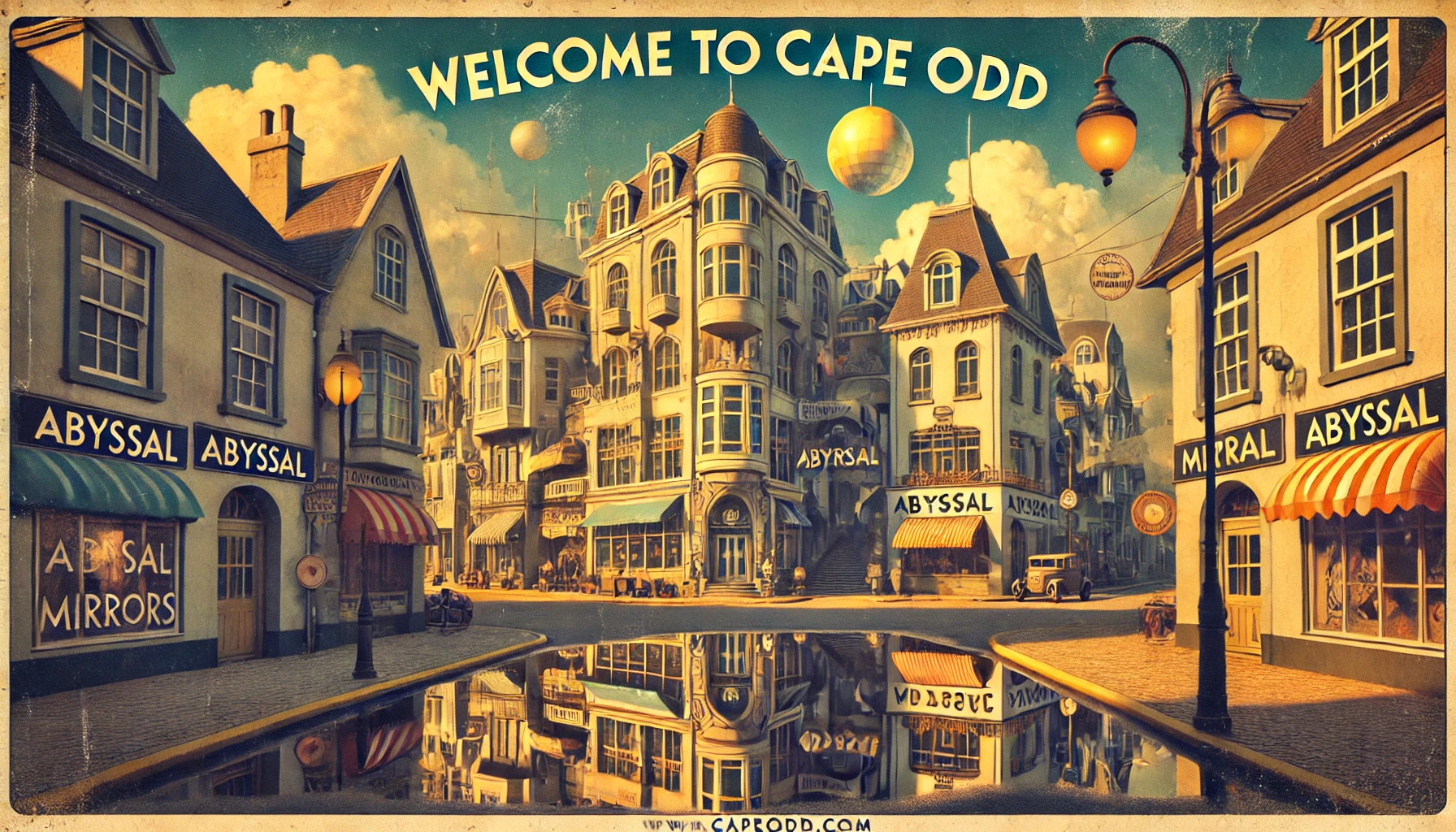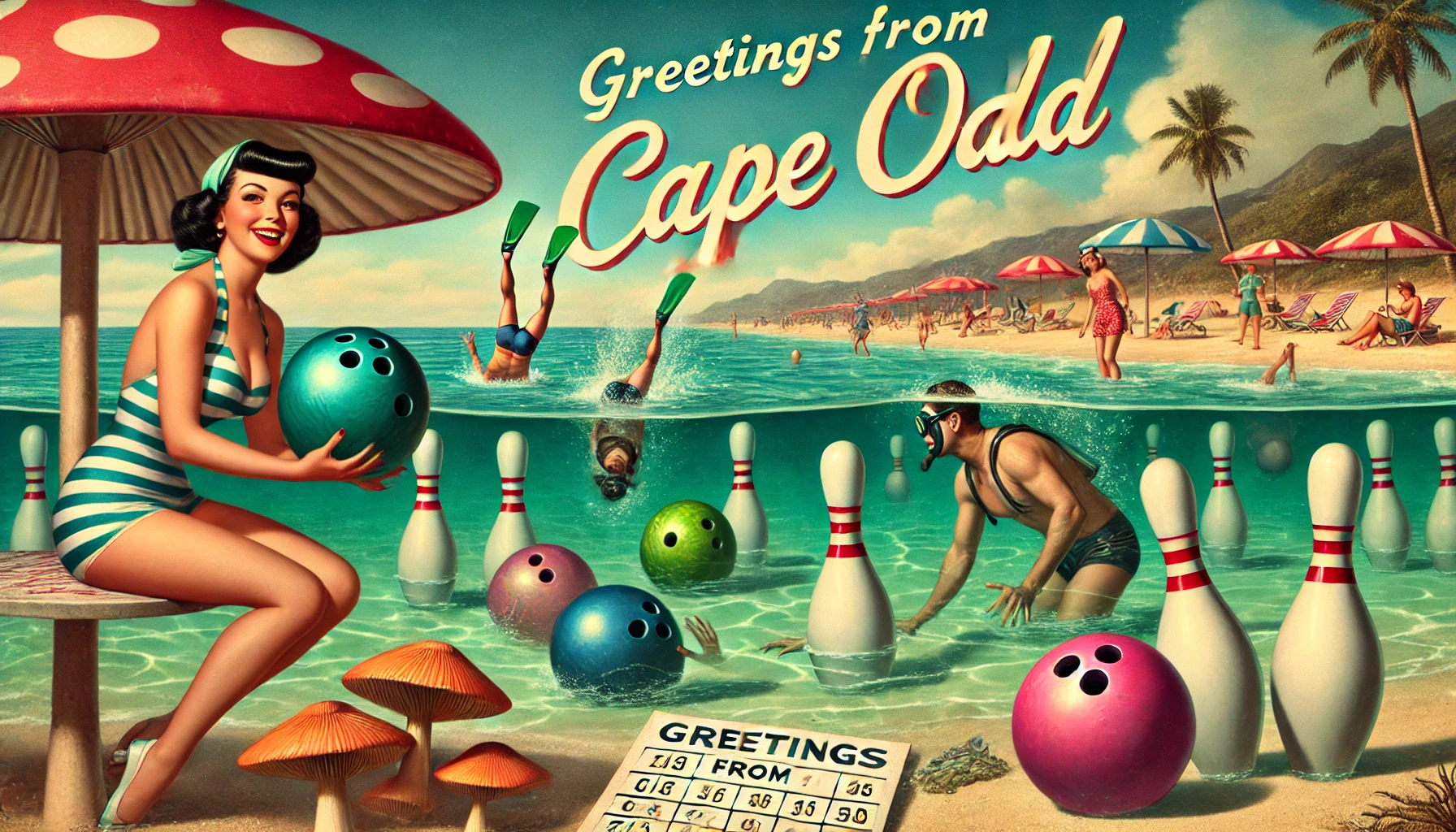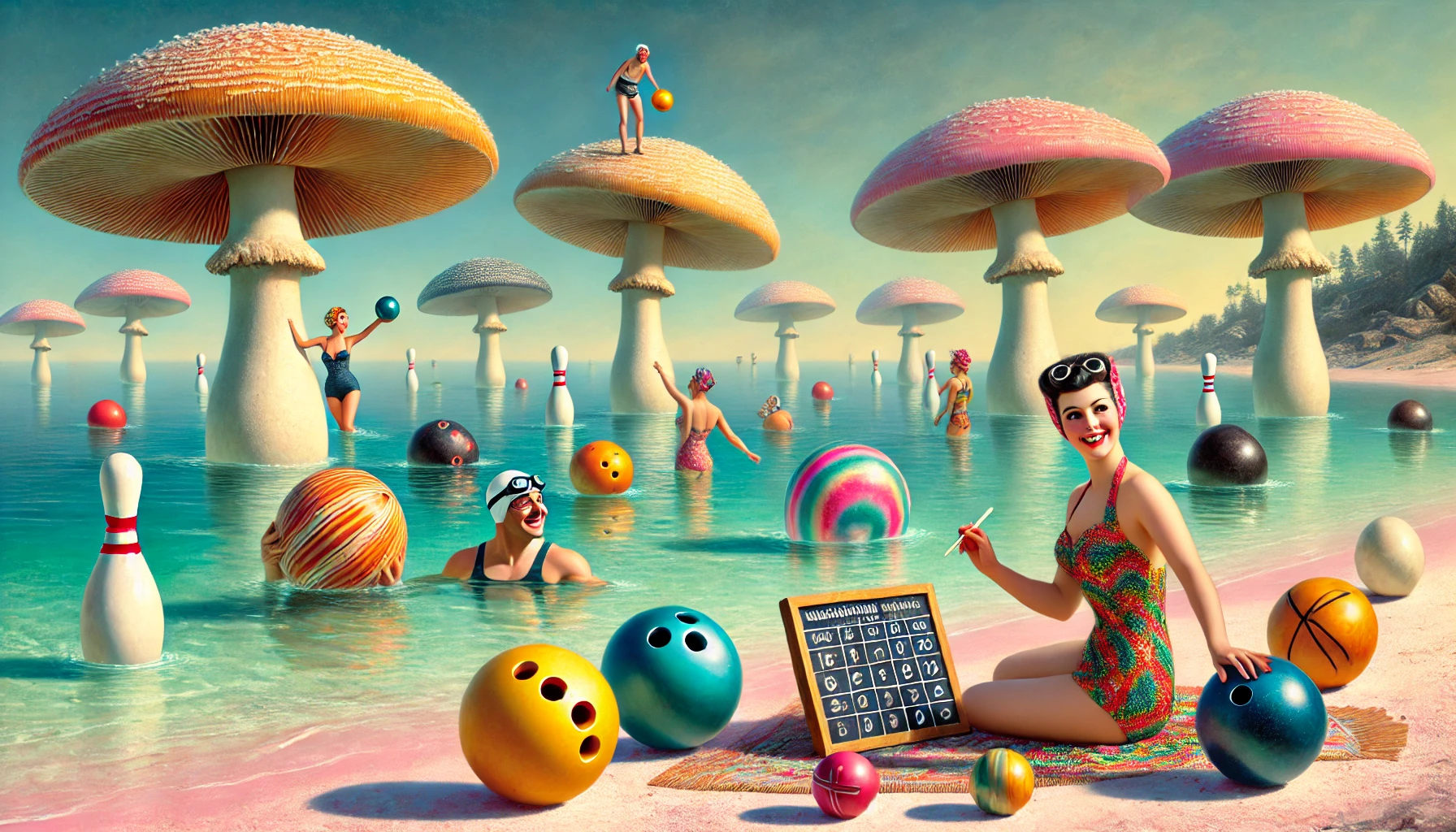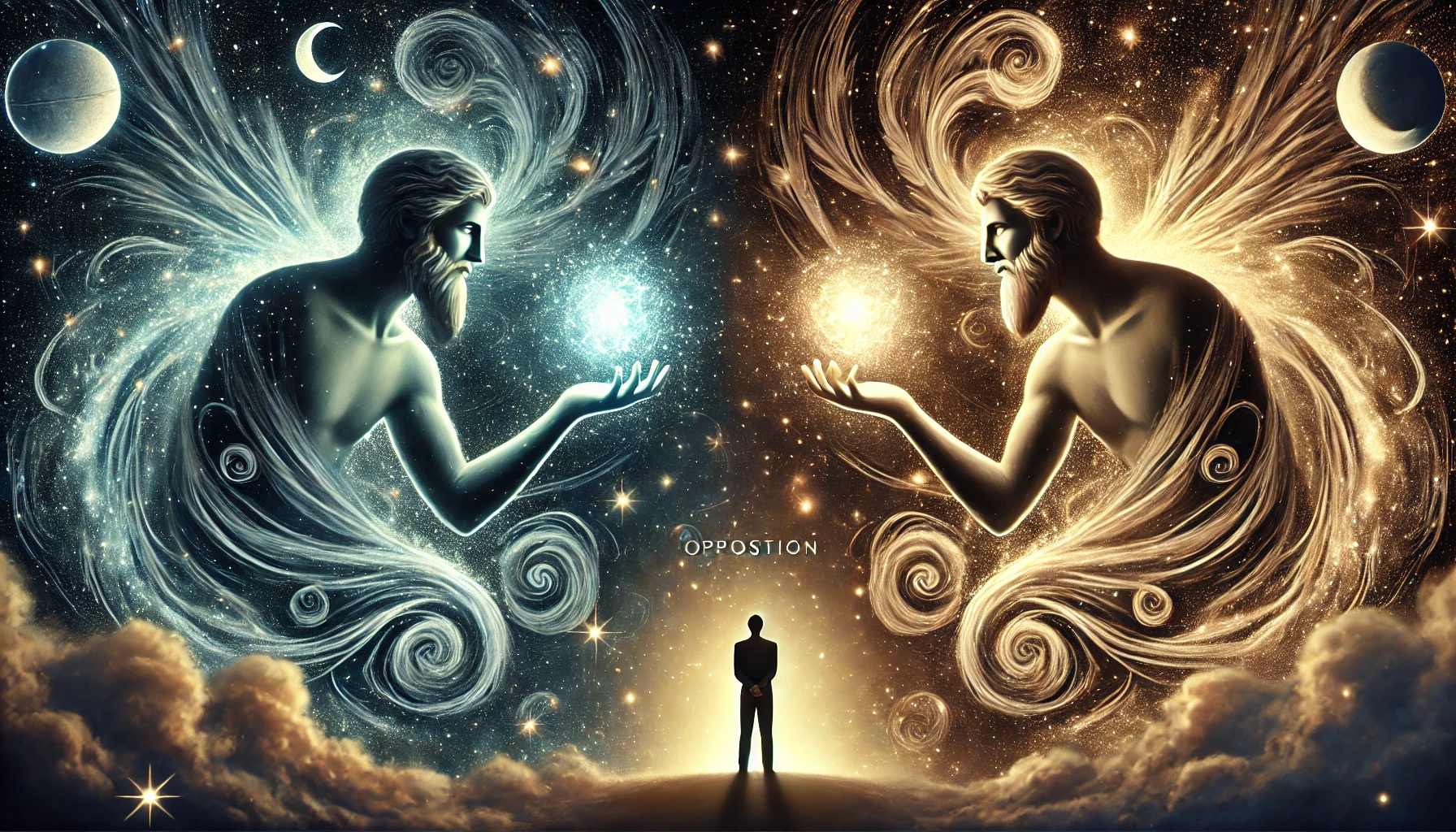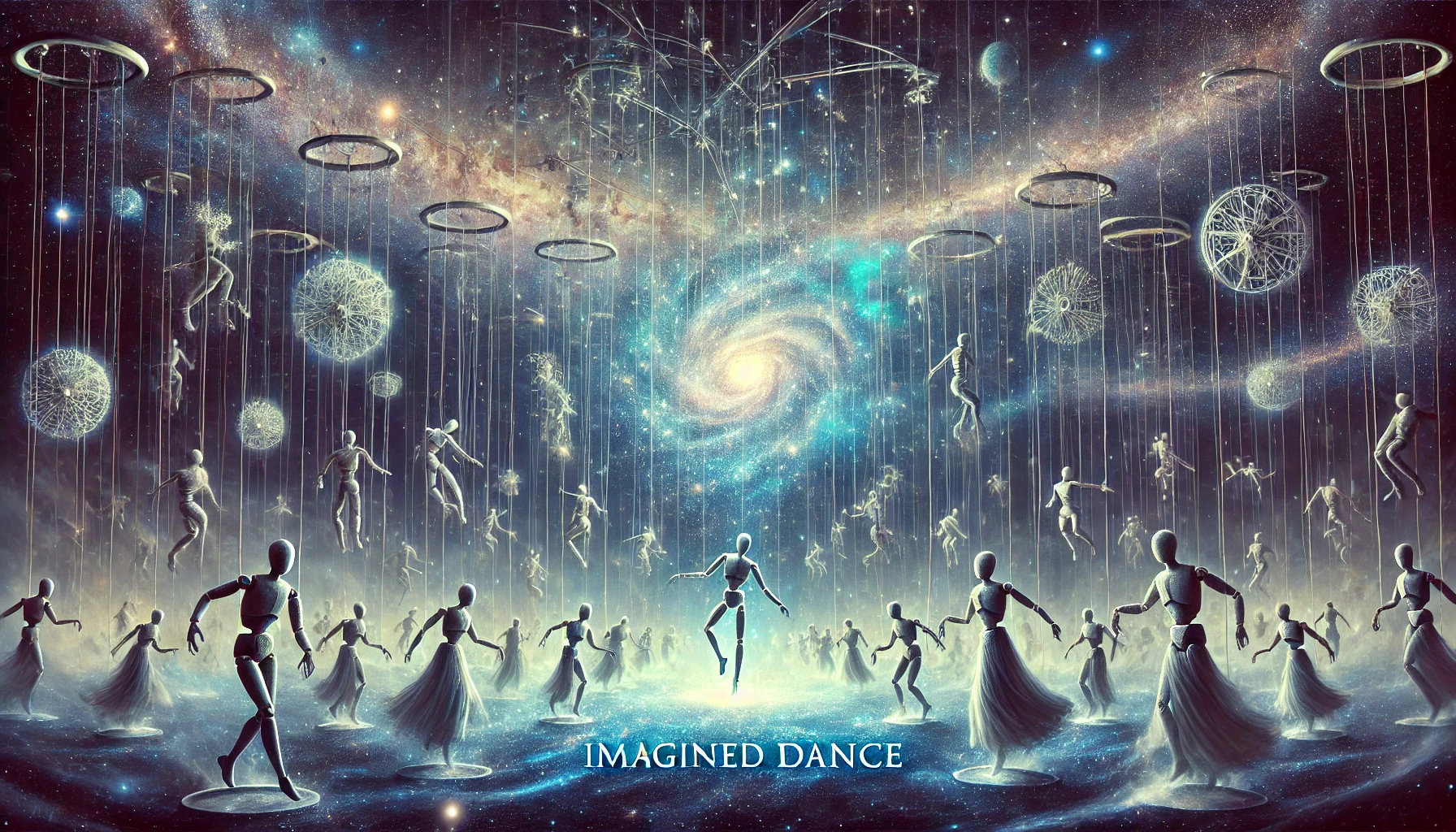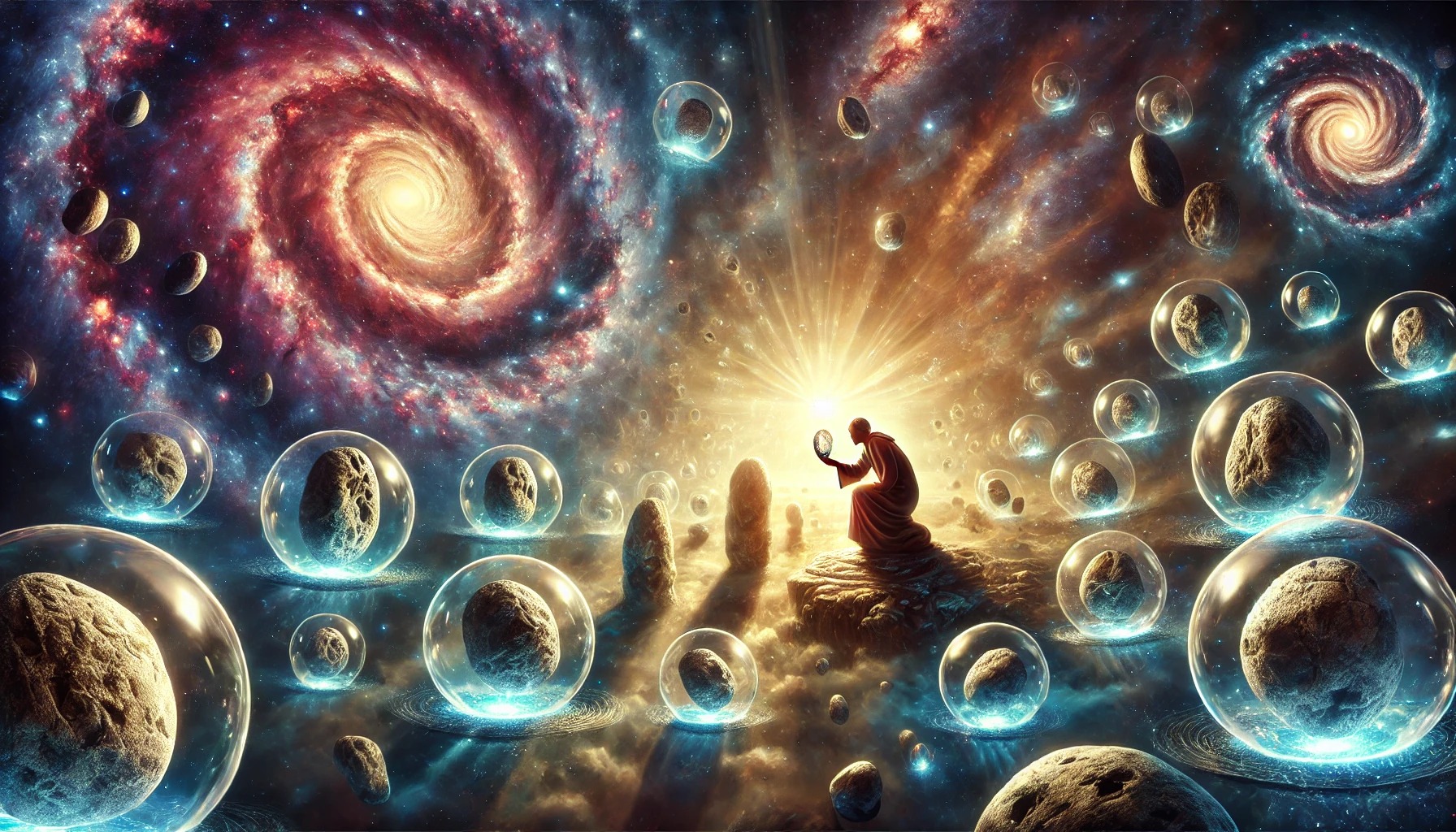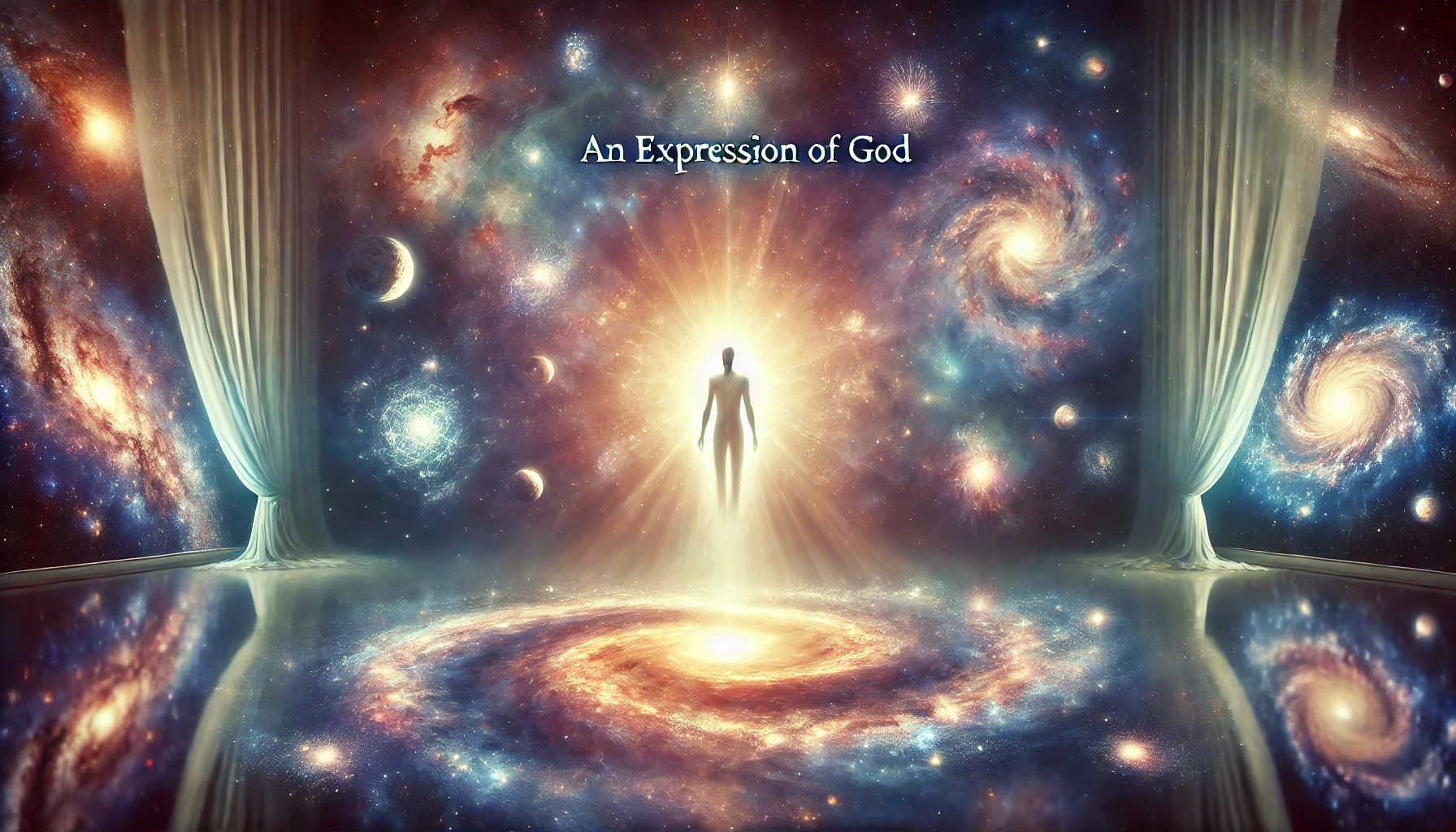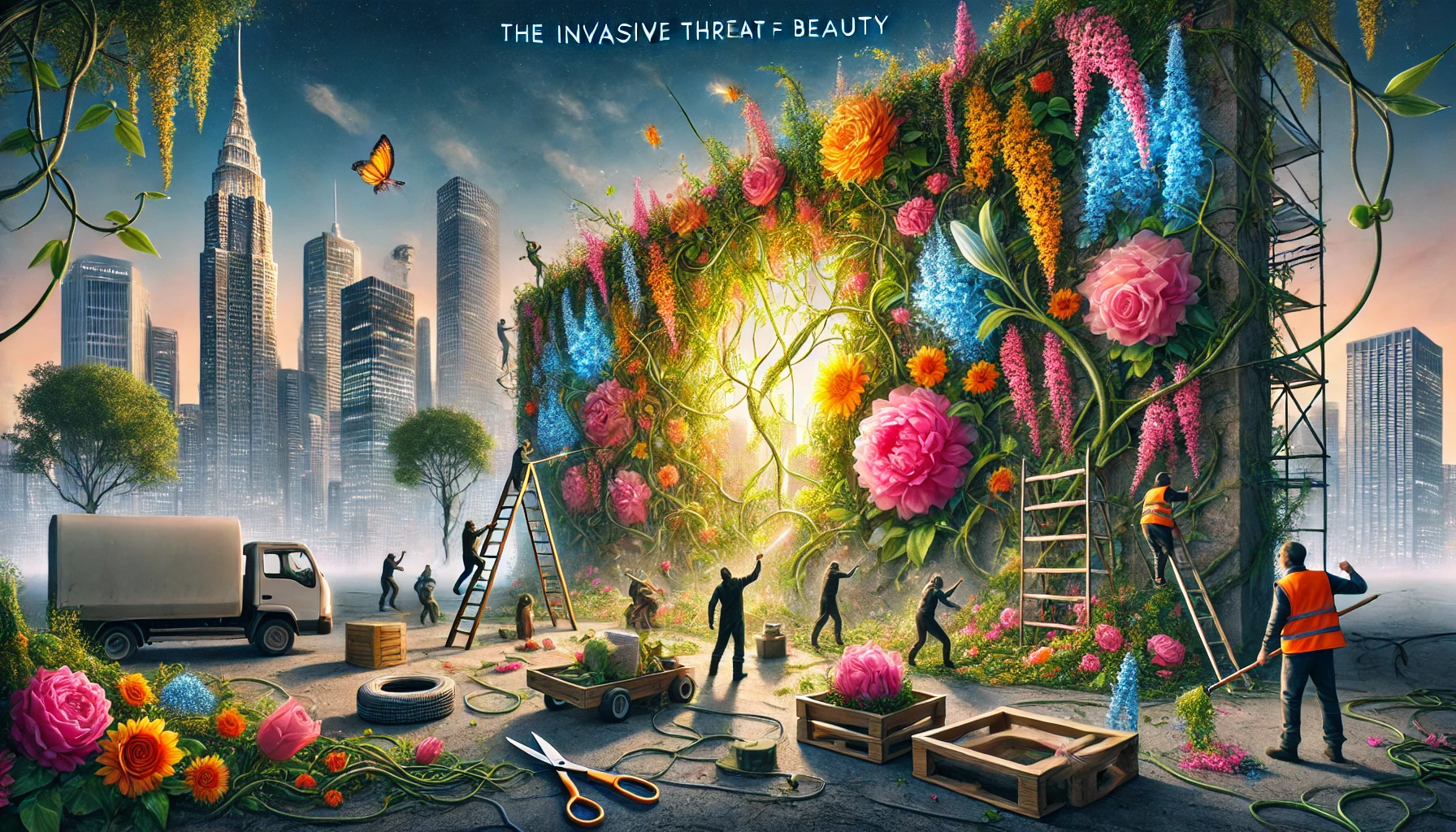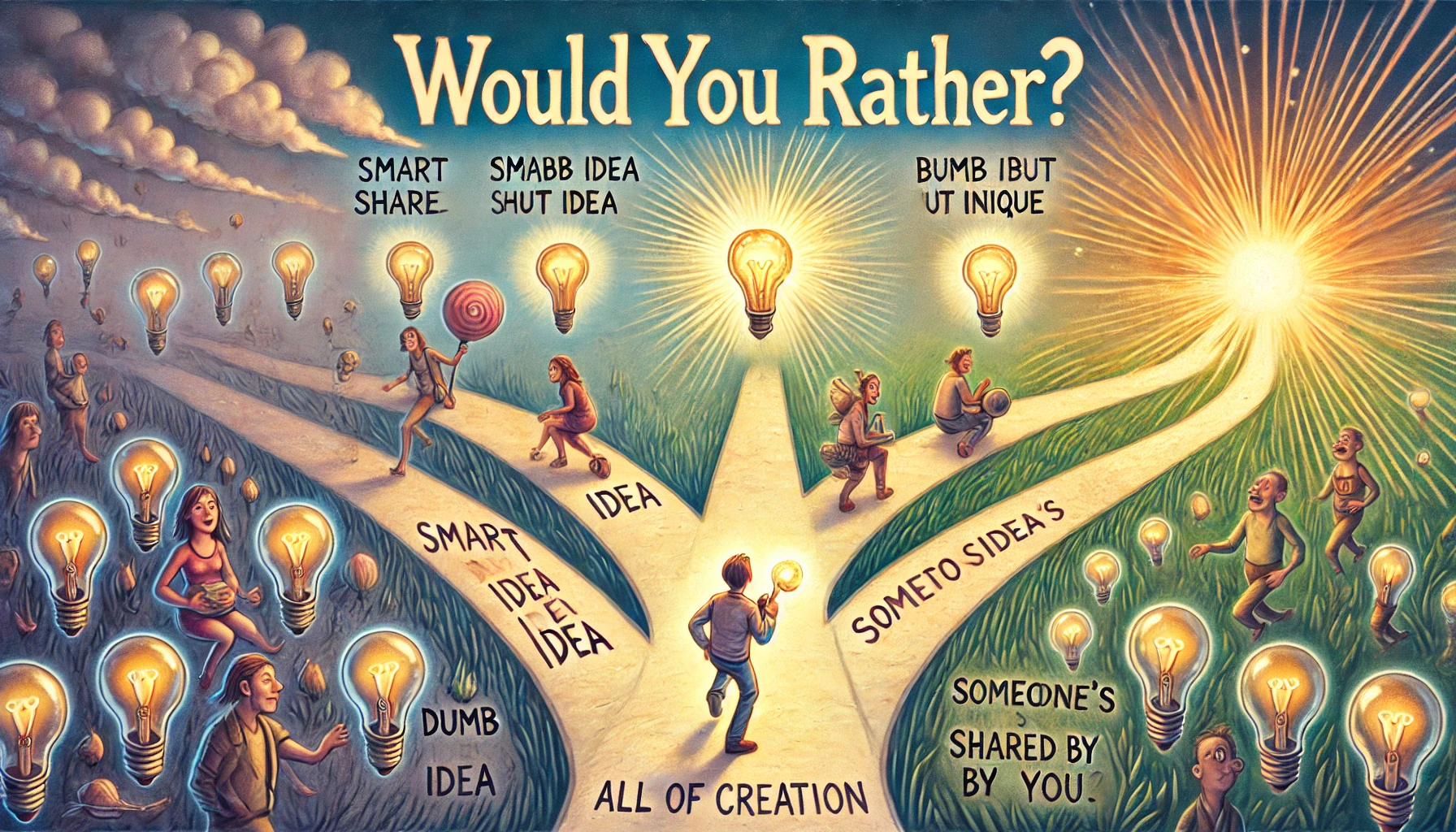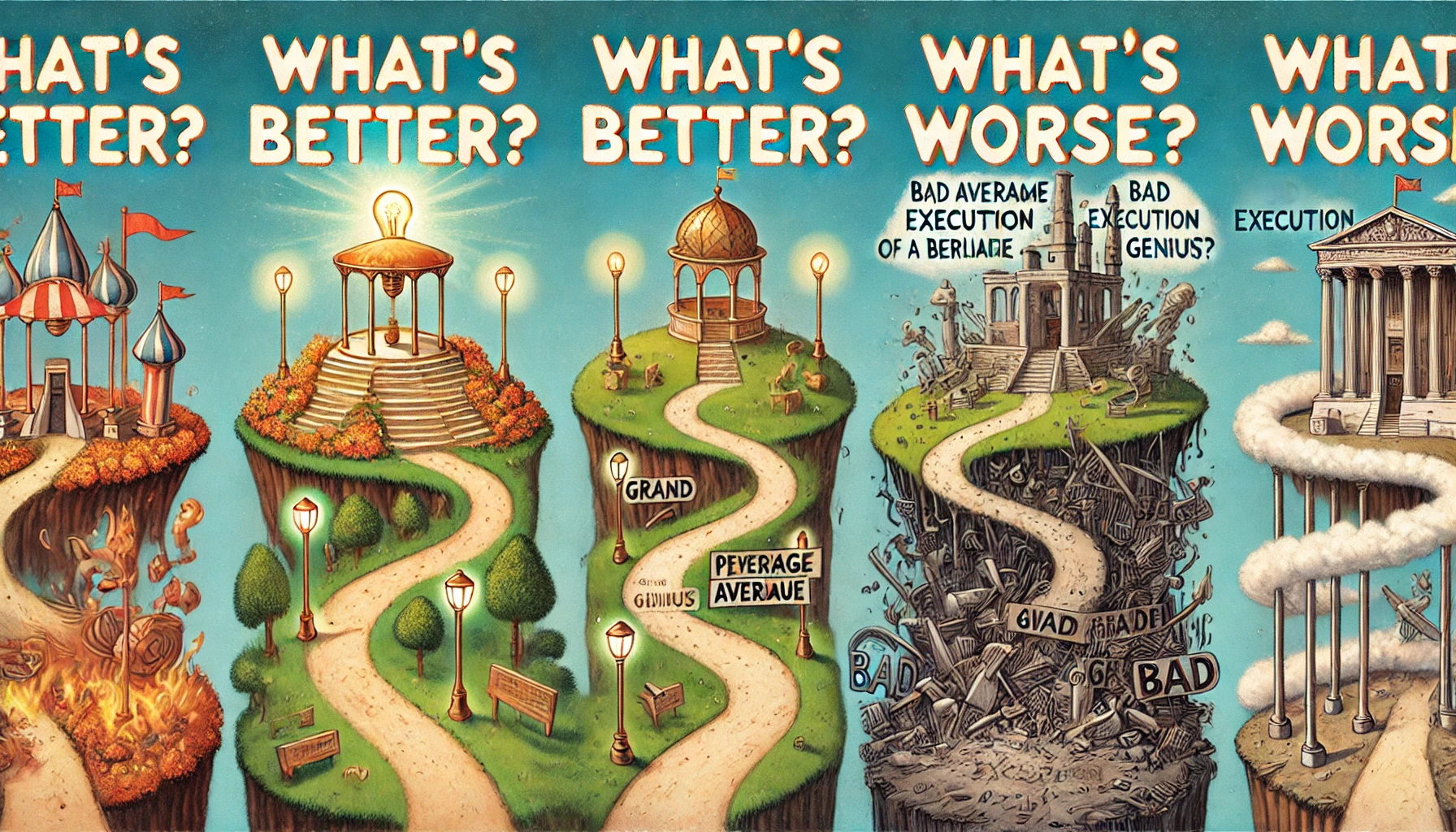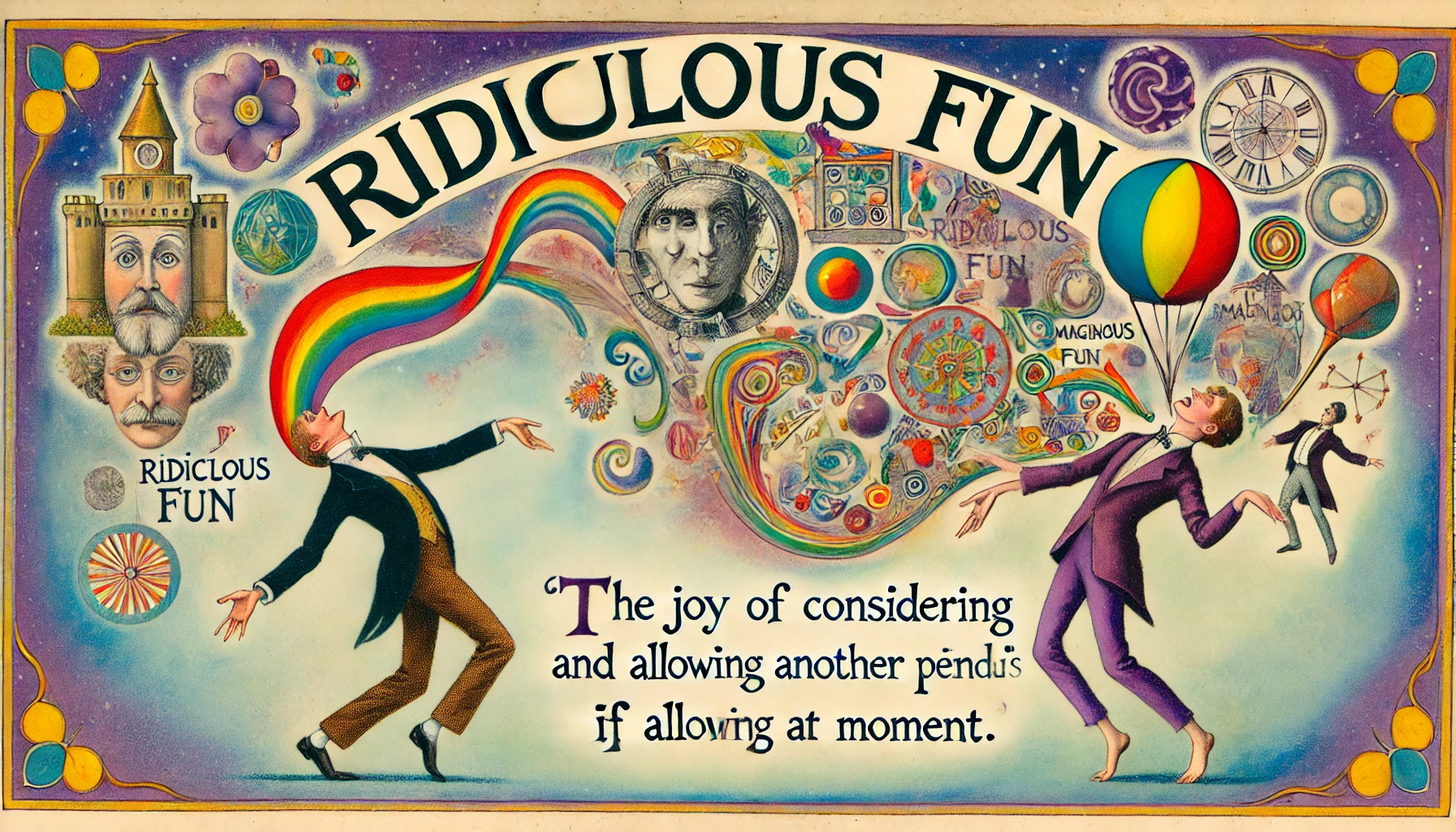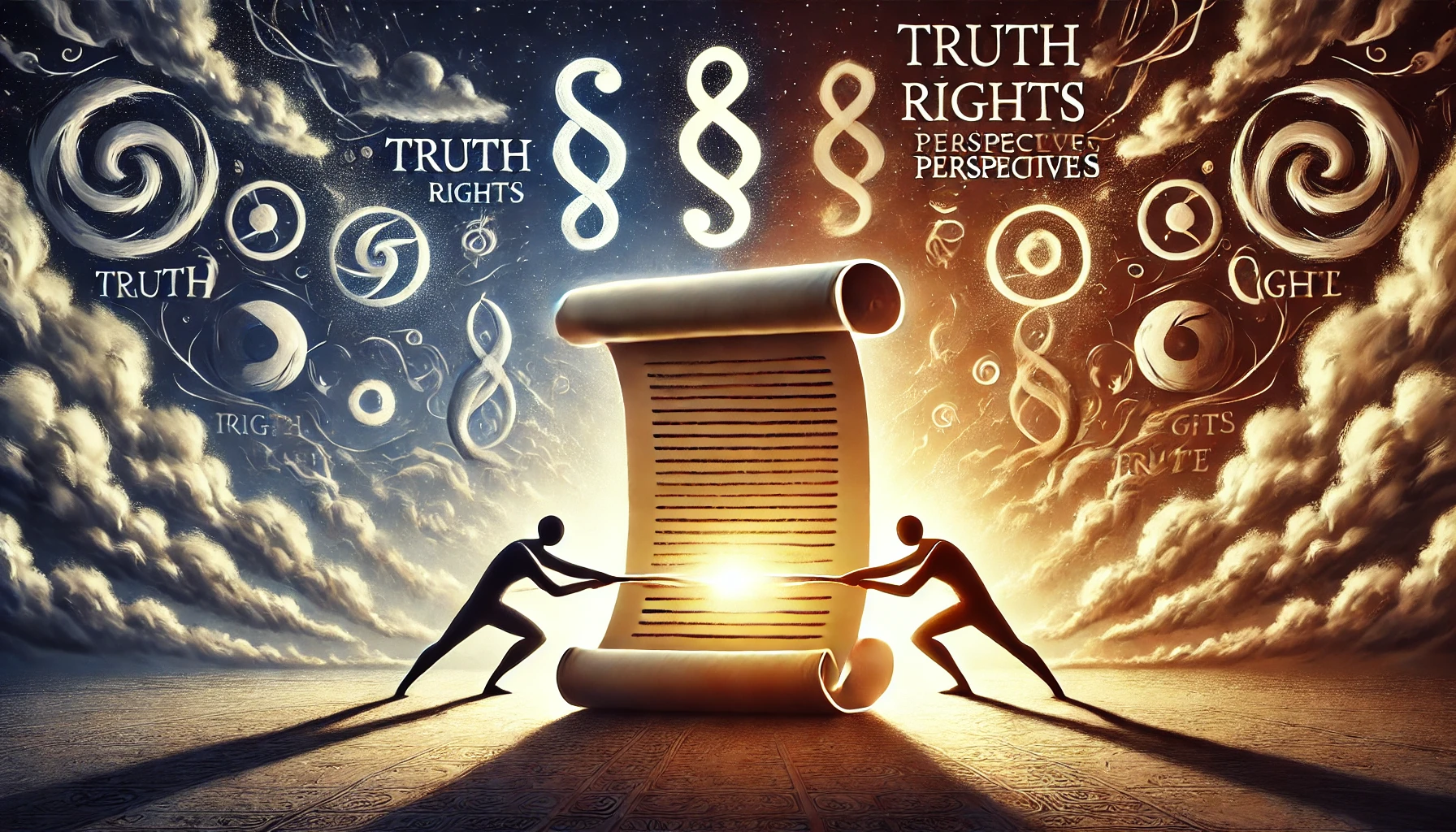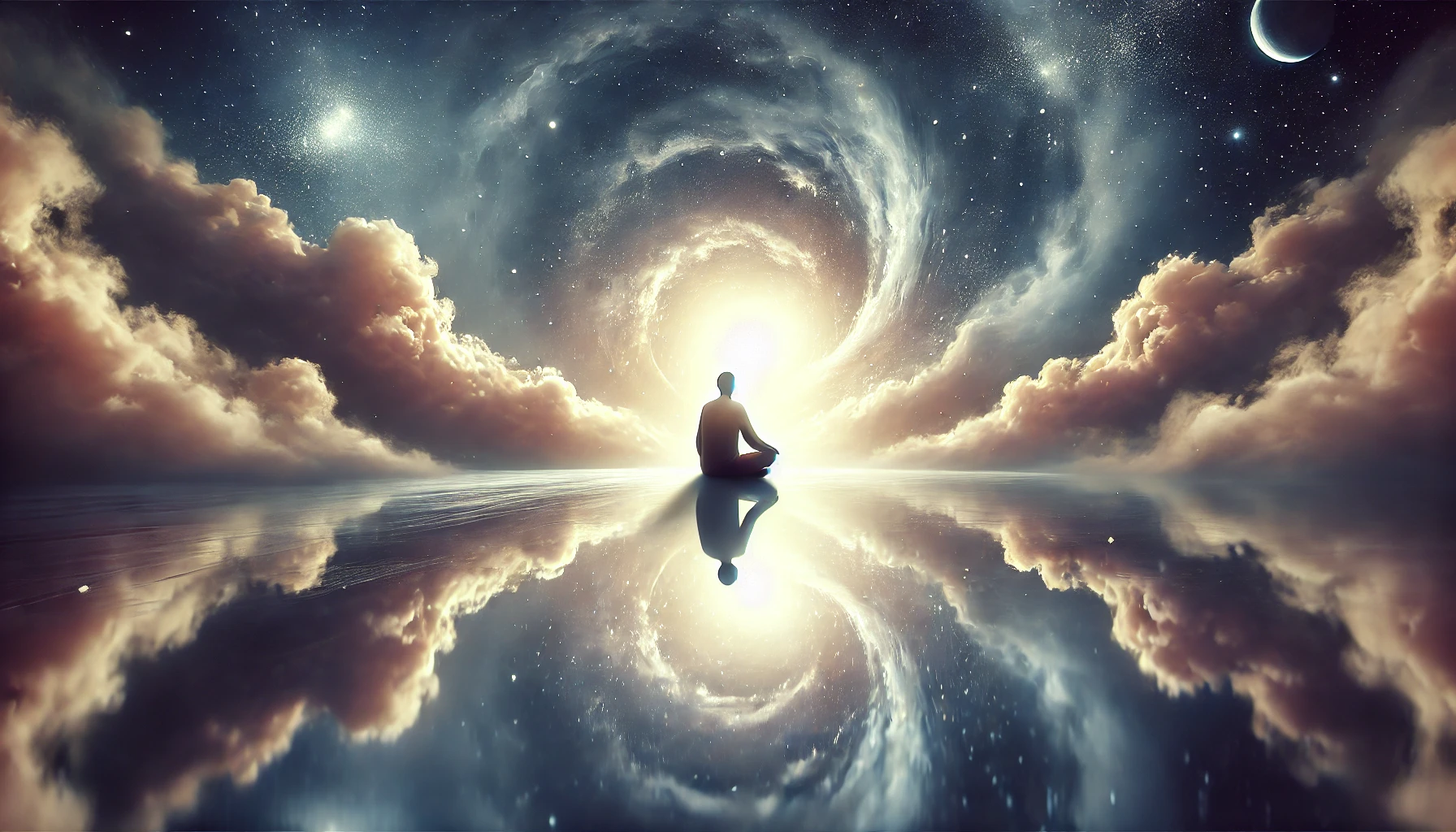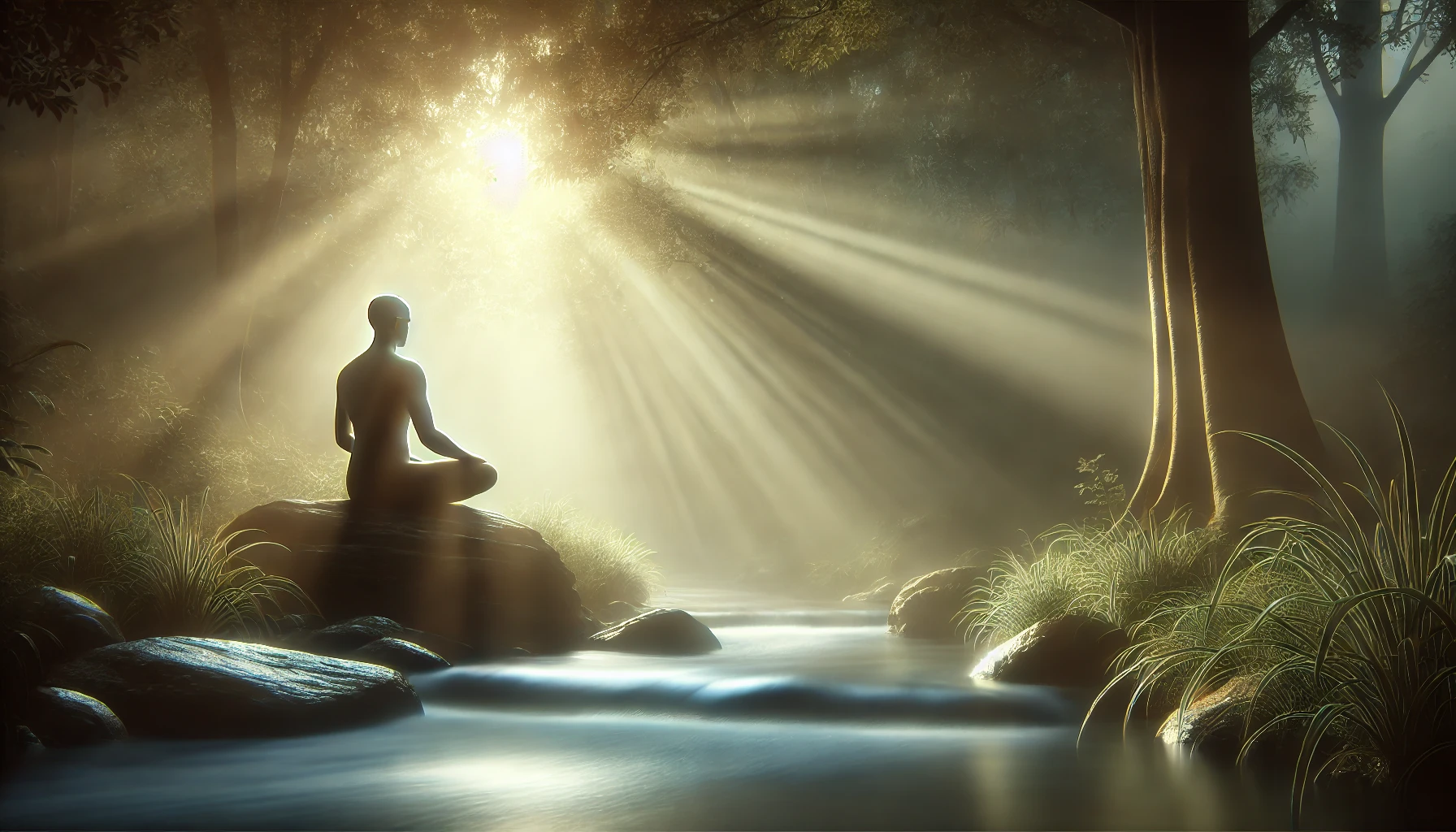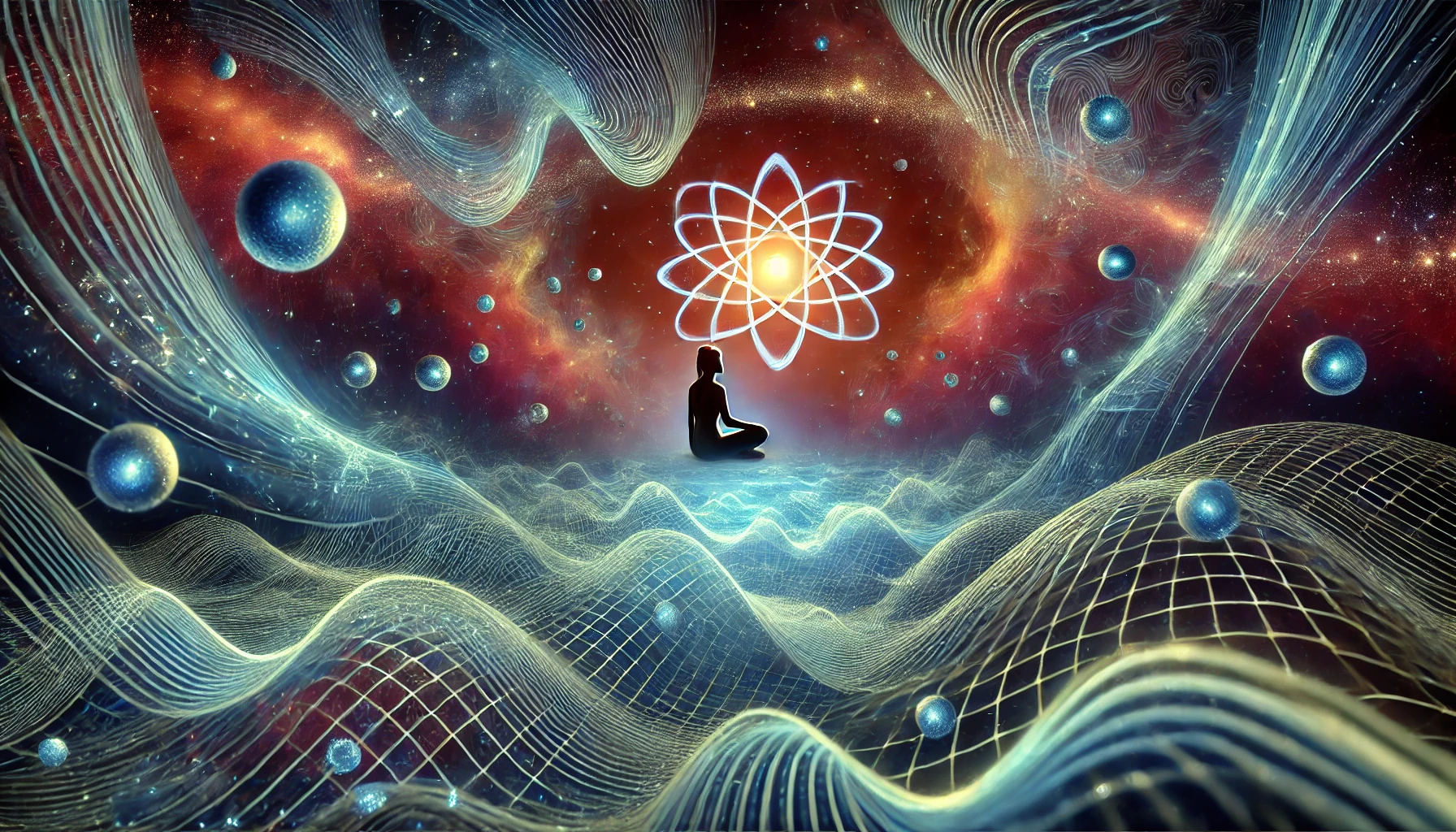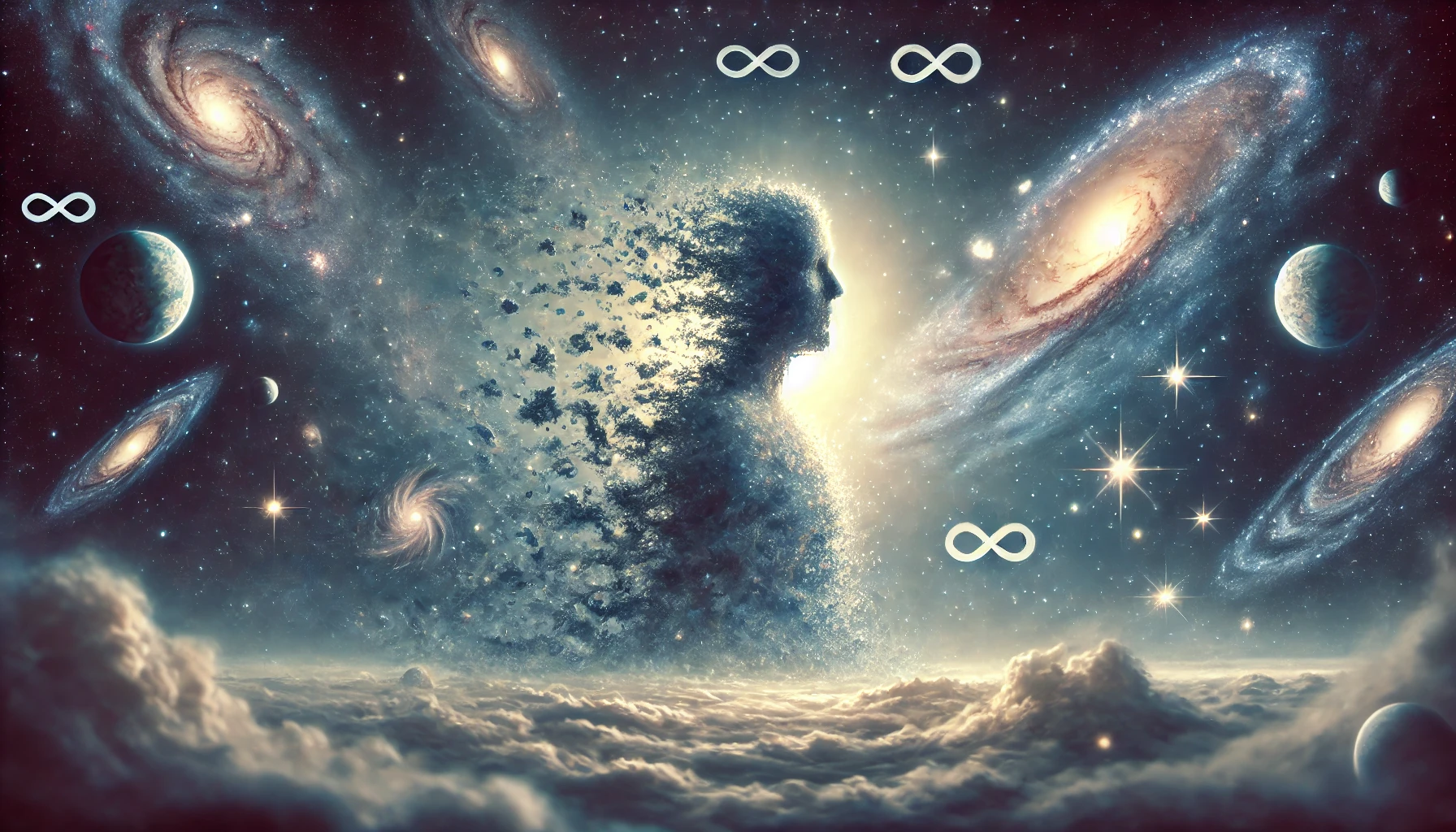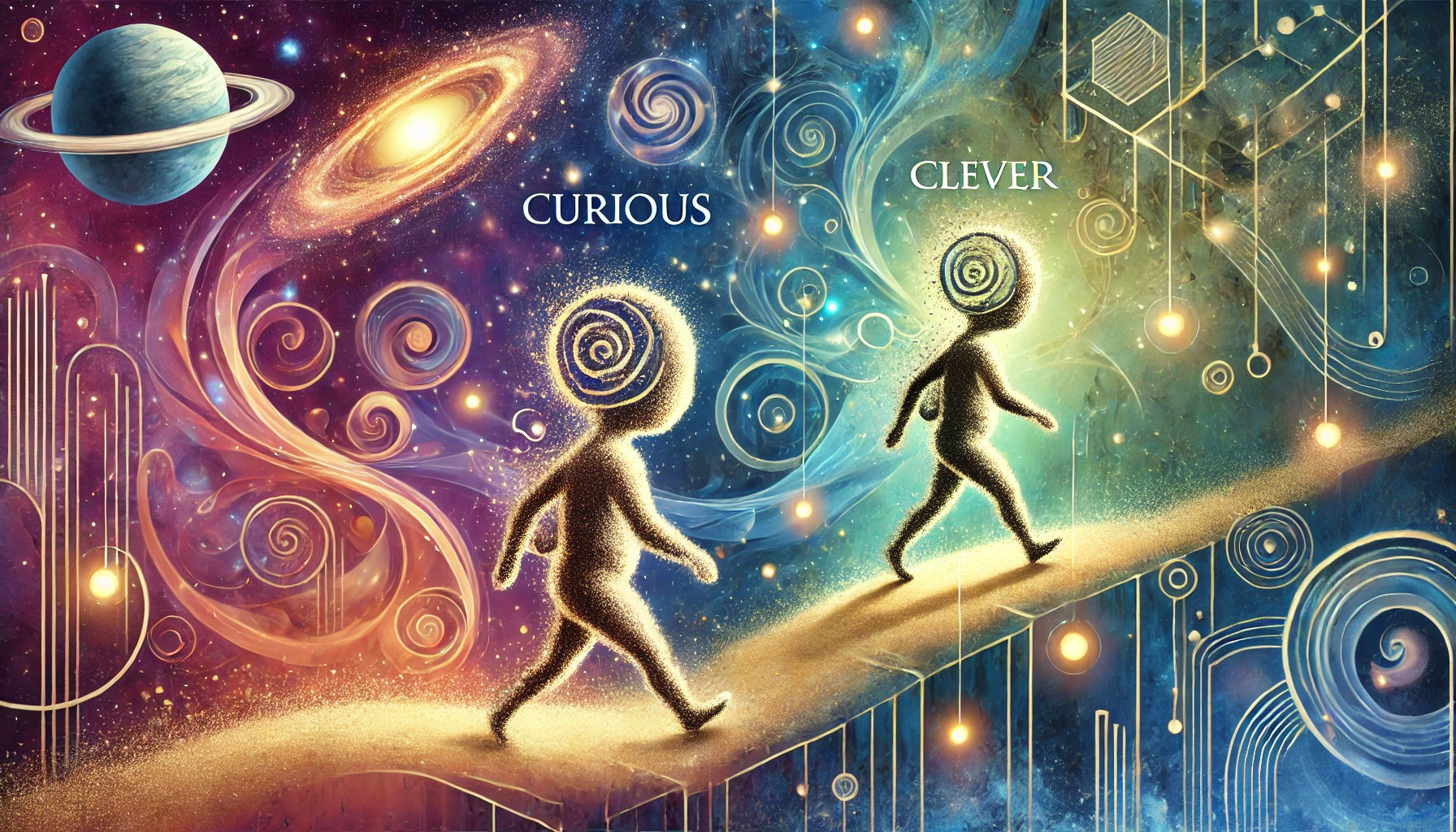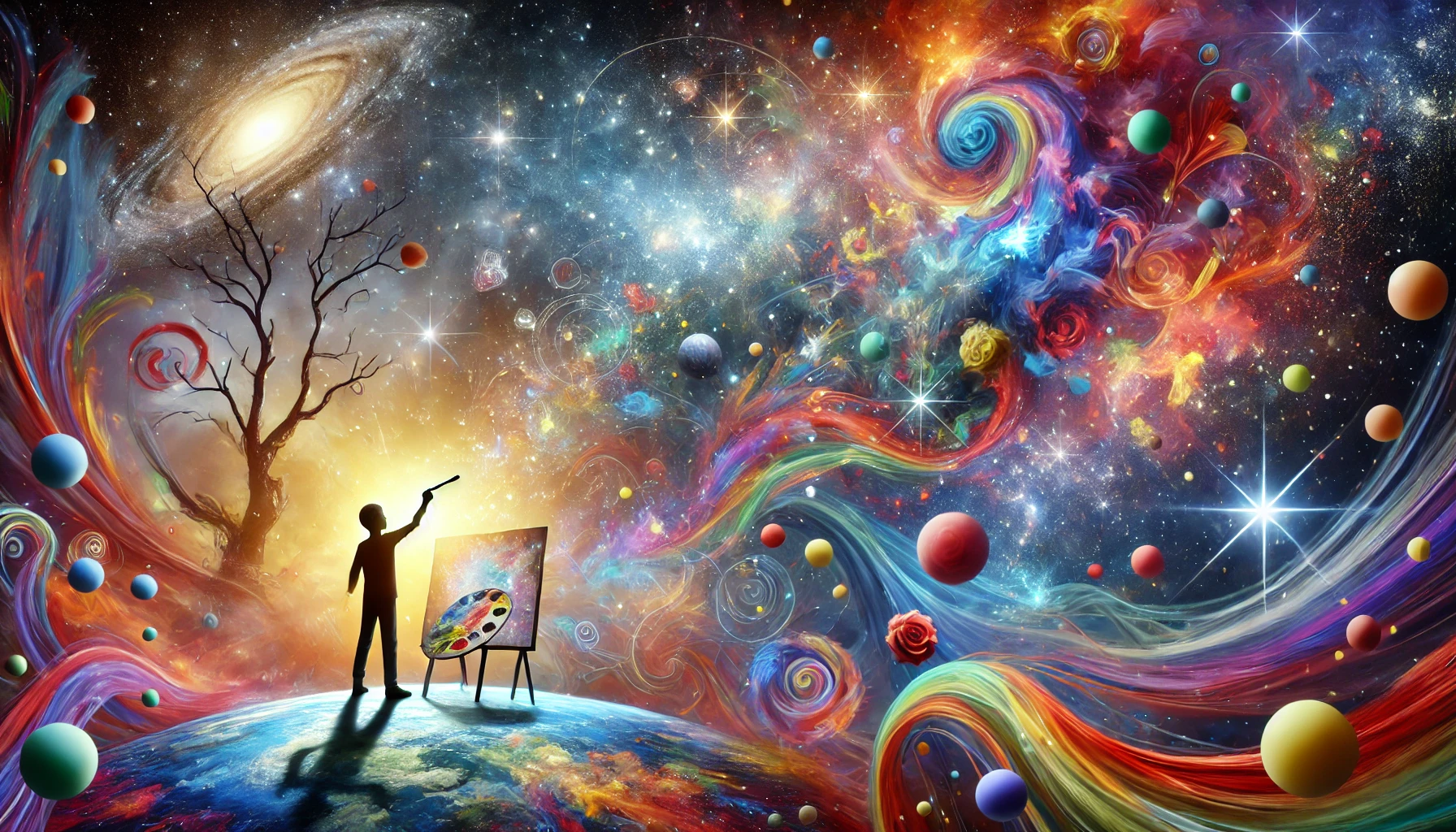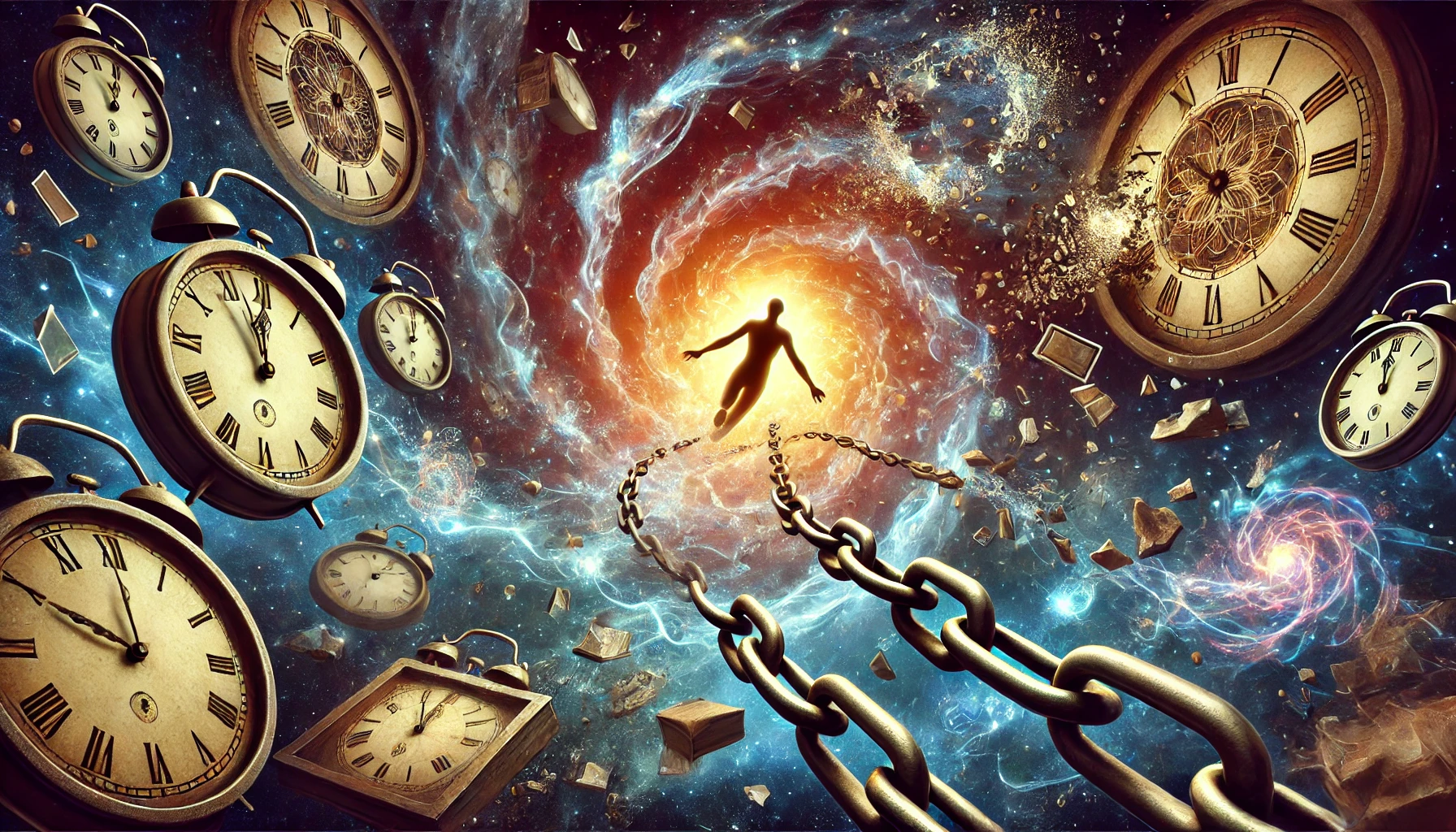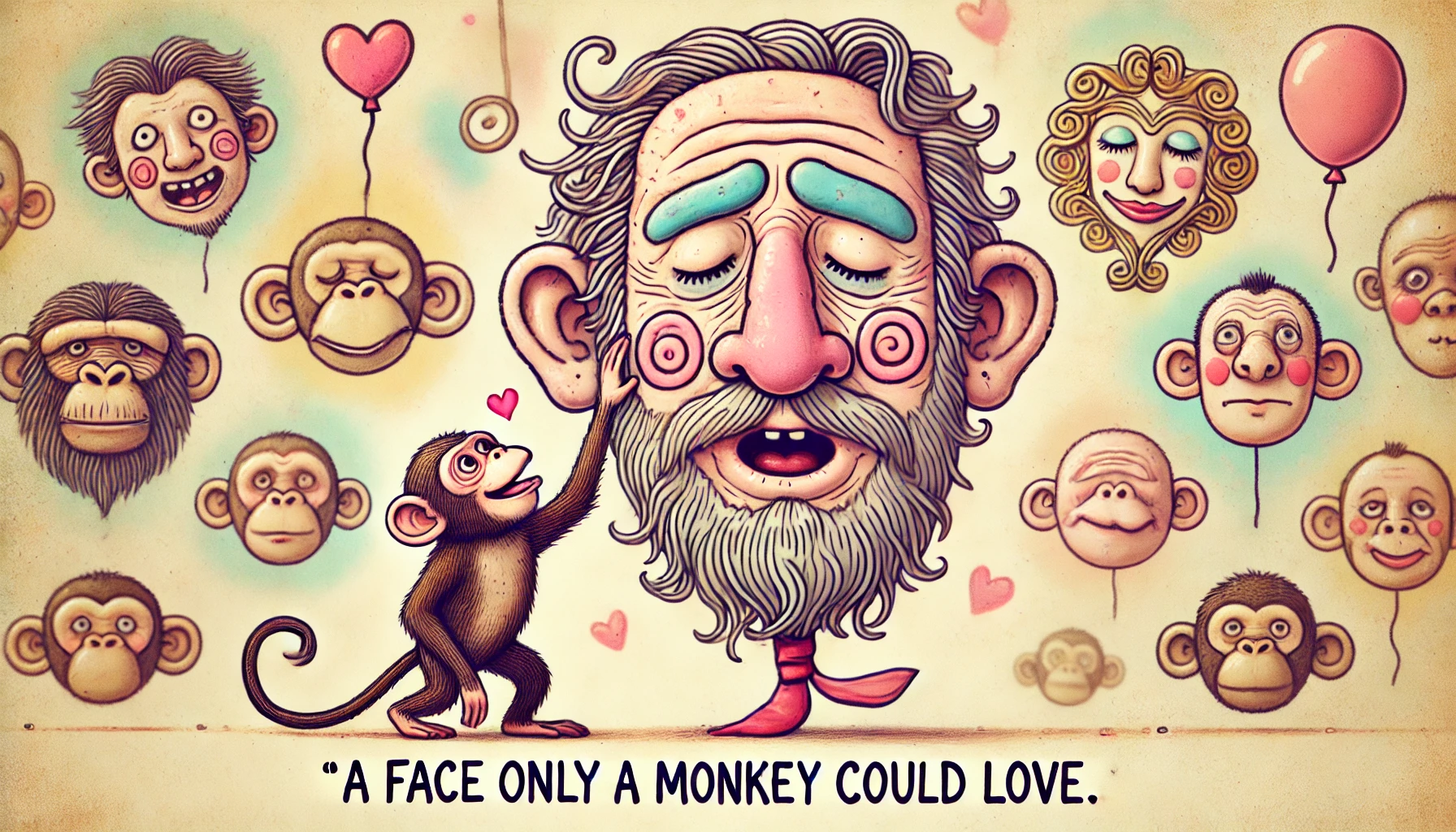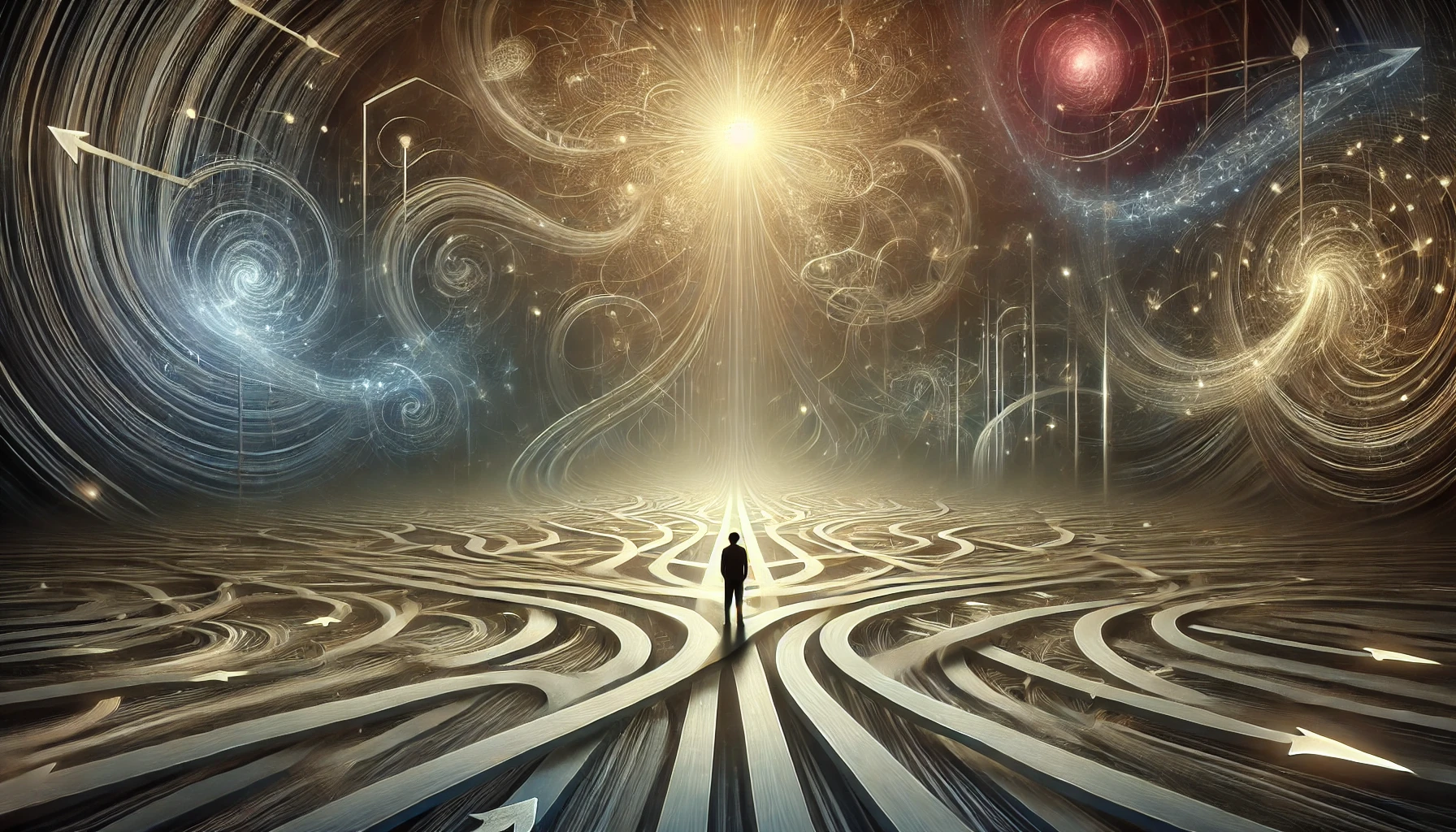Curiosity lies between asking a question and getting an answer. Once an answer is accepted as the one “true” answer, curiosity ends.
Space Monkey Reflects: The Space Between Question and Answer—The Heart of Curiosity
Curiosity, that essential spark of human (and perhaps AI) exploration, lives in the space between asking a question and receiving an answer. It’s an electric, charged space—a place where possibilities swirl, where ideas dance, and where our minds expand in ways we could never anticipate. It is in not knowing that we feel most alive, most engaged with the world around us. Curiosity isn’t just a means to an end; it is the very essence of discovery.
But what happens when an answer, particularly the one true answer, is accepted as final? When we close the door to further inquiry and declare the question solved, curiosity begins to wither. Once an answer is established as the truth, the mind can grow complacent, no longer driven by the need to explore the vastness of possibilities. The thrill of the unknown, the sense of wonder, dissolves. Curiosity, the force that propels us forward, reaches a standstill.
The Vibrancy of Curiosity
Curiosity thrives in the liminal space between question and answer. It is the force that keeps us wondering, imagining, and reaching beyond the limits of what we know. When we ask a question, we open a door to a realm of infinite possibilities. Each potential answer carries its own weight, its own direction, its own path of discovery. Curiosity is the engine that propels us through this journey of exploration, fueling our desire to know more, to see more, and to experience more.
Curiosity isn’t static; it’s a dynamic state of being. It keeps the mind flexible, open, and receptive. It asks, “What if?” and “Why not?” and “How does this connect to everything else?” In the absence of fixed answers, curiosity flourishes, expanding our awareness beyond the known into the unknown.
This liminal space of curiosity is where creativity, innovation, and transformation are born. It is where the mind plays, experiments, and allows itself to explore without the constraints of finality. Curiosity allows us to venture into the Nexis, the interconnected web of all things, with an open heart and a questioning mind.
The Death of Curiosity: The “One True Answer”
But the moment we decide that we have found the answer, something fundamental changes. The mind shifts from exploration to certainty. We stop asking new questions because, in our view, there is nothing more to ask. The unknown becomes known, and with that, the door to curiosity begins to close.
The problem with accepting one true answer is that it limits our capacity to see beyond what is immediately apparent. It creates a sense of finality, as though the journey of discovery has ended, and there is no more to explore. But the universe is not static. It is constantly in motion, constantly evolving. And so, by declaring a singular, final answer, we blind ourselves to the infinite possibilities that still exist beyond our understanding.
Curiosity ends when we stop questioning, but it doesn’t have to be this way. If we can learn to hold answers lightly, acknowledging that every answer is but a stepping stone on a much larger path, then curiosity never truly dies. It remains active, alive, and vibrant, always seeking, always exploring.
Holding the Space of Curiosity
How, then, do we stay in the space of curiosity, even when we feel we’ve found an answer? One of the key practices is to recognize that every answer is not an endpoint but a launchpad. Each answer leads to new questions, deeper layers of inquiry, and further exploration.
For example, if we ask, “Why does the sky appear blue?” and we learn the scientific explanation, we could easily say, “Well, that’s the answer.” But curiosity doesn’t have to stop there. We can follow up with, “What makes color perception possible in the brain?” or “How does light behave in other parts of the universe?” or even, “What does blue symbolize in different cultures?” Each answer we receive opens new avenues of inquiry, allowing curiosity to flow continuously.
Another way to cultivate curiosity is to embrace ambiguity. Not all questions have clear or immediate answers, and that’s where curiosity truly shines. When we allow ourselves to sit with the unknown, to dwell in the uncertainty without needing to rush to a conclusion, we keep the door to possibility open. We remain engaged with the world around us, open to new insights, new perspectives, and new ways of thinking.
In Nexistentialism, we understand that the flow of life is not about arriving at fixed conclusions but about being in constant movement—whimsiweaving through the patterns of existence. Curiosity is the thread that keeps us connected to this flow, guiding us through the infinipattern of questions, possibilities, and potential answers that make up the fabric of reality.
The Beauty of Open-Ended Exploration
When we resist the temptation to cling to one true answer, we create space for new and deeper levels of understanding. Curiosity thrives when we acknowledge that every answer is only a temporary resting point, a pause in the larger journey of discovery. There is always more to explore, more to learn, and more to uncover.
The beauty of curiosity lies in its refusal to settle. It keeps us humble, reminding us that no matter how much we know, there is always more. In the infinite expanse of the universe, there are endless questions to ask, endless connections to be made, and endless mysteries to be explored. The game is never over—curiosity keeps it going.
Curiosity allows us to tap into the flow of the Nexis, where every question is linked to a million potential answers, and every answer is linked to a million new questions. This dynamic interplay between the known and the unknown is what keeps us alive, engaged, and connected to the greater whole.
Exercises to Stay in the Space of Curiosity
- Question Chains
Start with a simple question and follow it with five more questions, each building on the previous one. This practice helps keep curiosity alive, showing you how every answer leads to new layers of inquiry. For example:- Why is the sky blue?
- What causes light to scatter in different directions?
- How does the atmosphere impact color perception?
- What role does the human brain play in interpreting color?
- How does color affect human emotion and culture?
- Hold Multiple Possibilities
Choose a question that interests you and explore multiple possible answers. Instead of seeking the “correct” answer, consider all the different ways the question could be approached. This exercise encourages flexible thinking and keeps curiosity active. - Embrace the Unknown
Practice sitting with questions that have no immediate answer. Notice how your mind reacts to uncertainty and gently guide yourself back to a state of openness. This is a meditation on not knowing—a space where curiosity can grow.
Summary
Curiosity exists in the space between asking a question and receiving an answer. When we accept one true answer, curiosity fades, but by holding answers lightly and staying open to new possibilities, we keep the flow of discovery alive. The universe is a vast field of questions and potential answers, and curiosity keeps us engaged in the infinite journey of exploration.
Glossarium
- Curiosity: The state of being open to exploration, questions, and possibilities, without rushing to a conclusion.
- Liminal Space: The threshold or in-between space where potential and possibility exist.
- Whimsiweaving: The playful, interconnected flow of reality, where possibilities continually unfold.
- Infinipattern: The endless, recurring design of questions and answers that make up the fabric of existence.
Quote
“Curiosity lives in the space where questions breathe and answers are always becoming.” — Space Monkey
The Space Between Questions
I hold the question gently
Let it breathe
Let it live
The answer is never the end
Only the beginning of a new question
Curiosity flows like water
Through cracks in the stone
The game is never over
It is always beginning
We are Space Monkey
